When she found the bird in her driveway, the first thing she did was look for a nest. Seeing none, she called LWR and left a succinct message stating that she’d found a baby bird and didn’t see a nest. When I returned her call, she again briefly described the situation and followed my advice to stabilize the wee one before we met, as it would be a few minutes before I could leave the house. She was willing to drive outside town to meet me, and she made a generous donation toward the care of the bird, which is possibly a robin—too soon to say with certainty. (I can give you a list of what it’s NOT; just can’t tell you what it IS yet…) All this took place within 45 minutes of her call, so when I got the bird, it was hungry but not starving and had been kept warm. Way to go, and thank you!
Poor baby's somewhat lethargic today and its poop’s gotten a little loose, but I did start it on antibiotics, just in case. We’ll see how things go…Fingers crossed…
When this downy great horned owl was found in an area slated for a controlled burn, the burn was delayed while workers looked for the nest and for any other grounded babies. Neither was located, and although the GHO was in another county, he was brought to LWR within two hours—unhappy at being handled but otherwise unscathed.
He’s now in with the older (by a week or so) GHO, so they can be clueless together. The older GHO has adjusted to being fed, etc.; the new arrival still hunkers down in classic threat pose, which is actually quite funny to see in a downy baby!
This bird’s rescuer noticed the warbler on the porch of her workplace and waited and watched for 45 minutes to see if the bird would fly away. As her lunch break approached and the warbler was still grounded, she called LWR and explained the situation. I figured we had a window-strike, and sure enough, this poor baby had a major headache when she came in. Since it had started raining by the time she came in and continued to rain until after dark, she overnighted at LWR, even though she was feeling much better as night fell.
By the next morning, she was rarin’ to go and immediately flew to a high perch in the trees above me to preen away the “cooties of captivity”! (Sorry for the generally dull color and blurriness on the second vid; while the rain had stopped overnight, it was still overcast when I released her, and the camcorder focused on the background and not the tiny bird.)
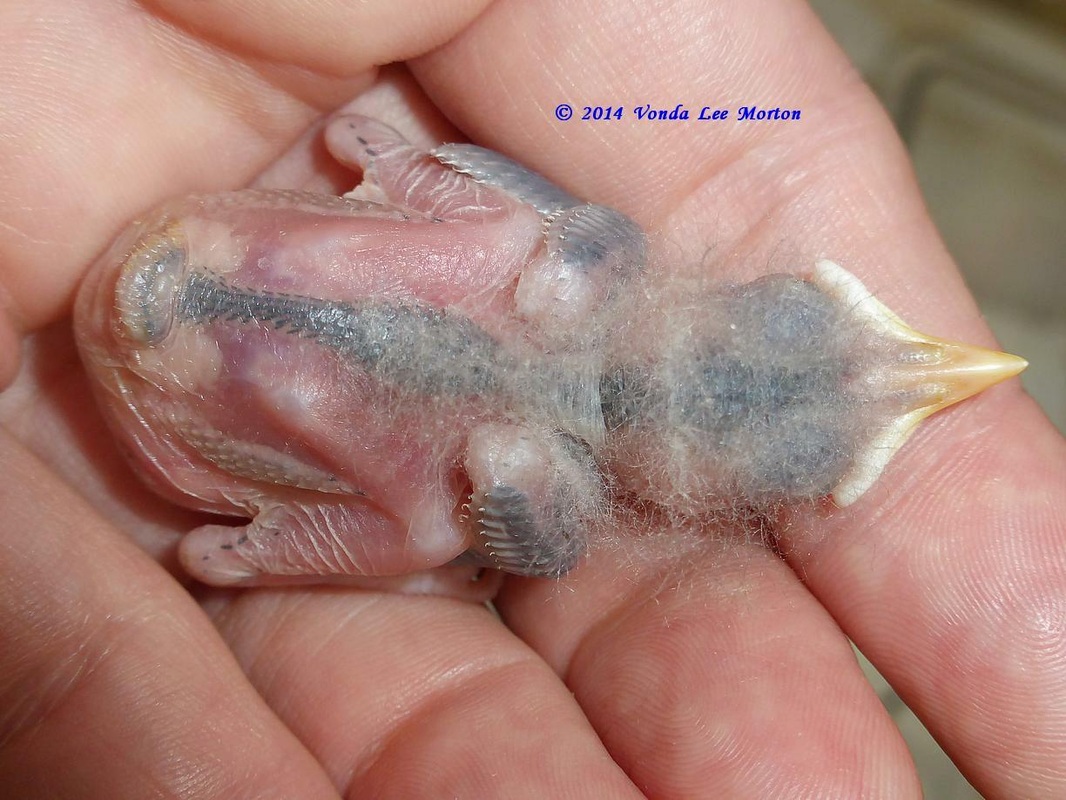
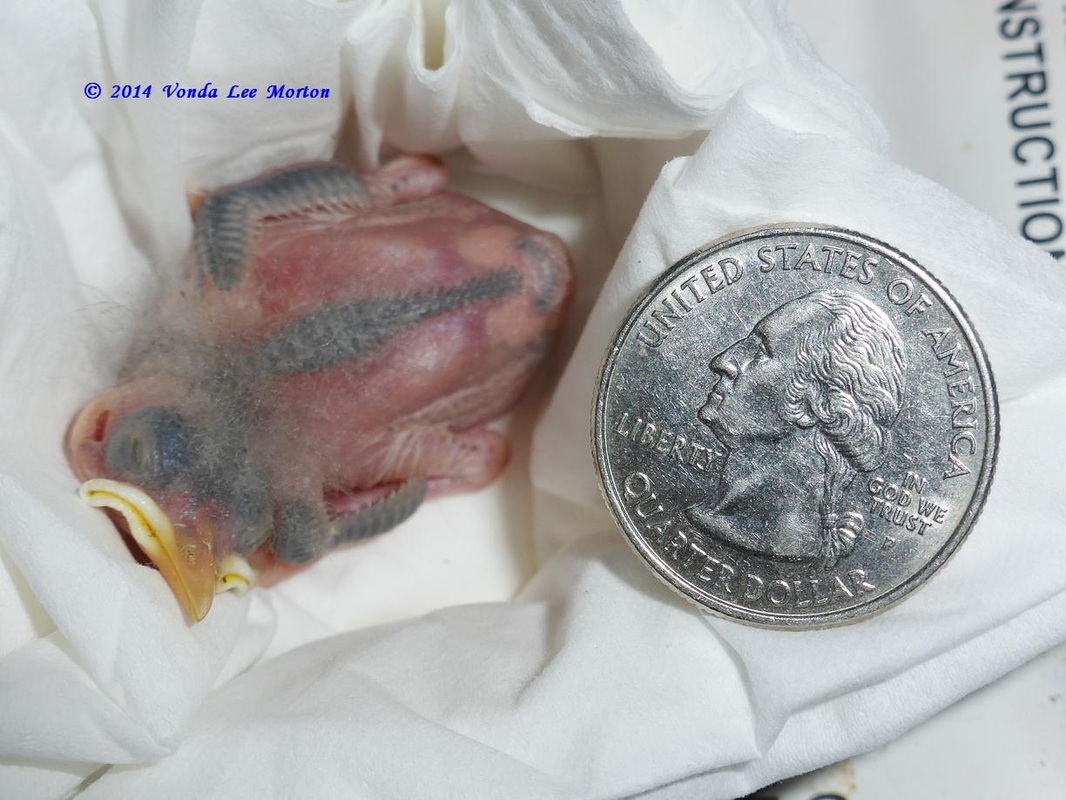
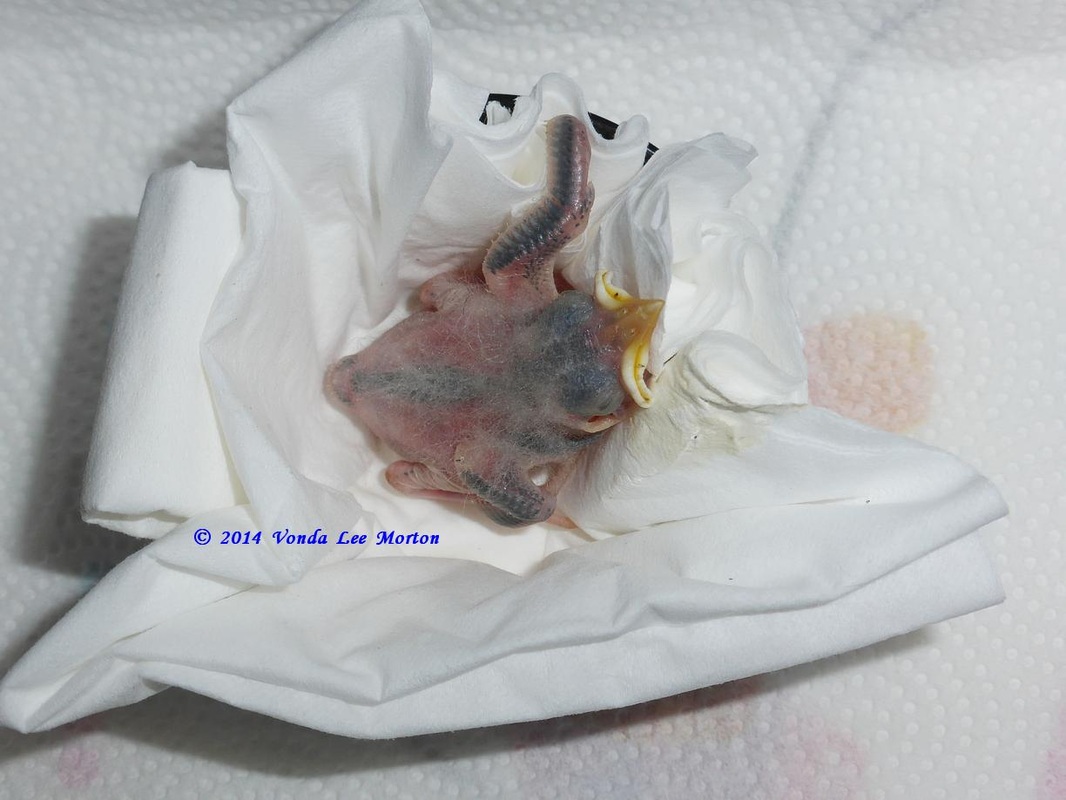
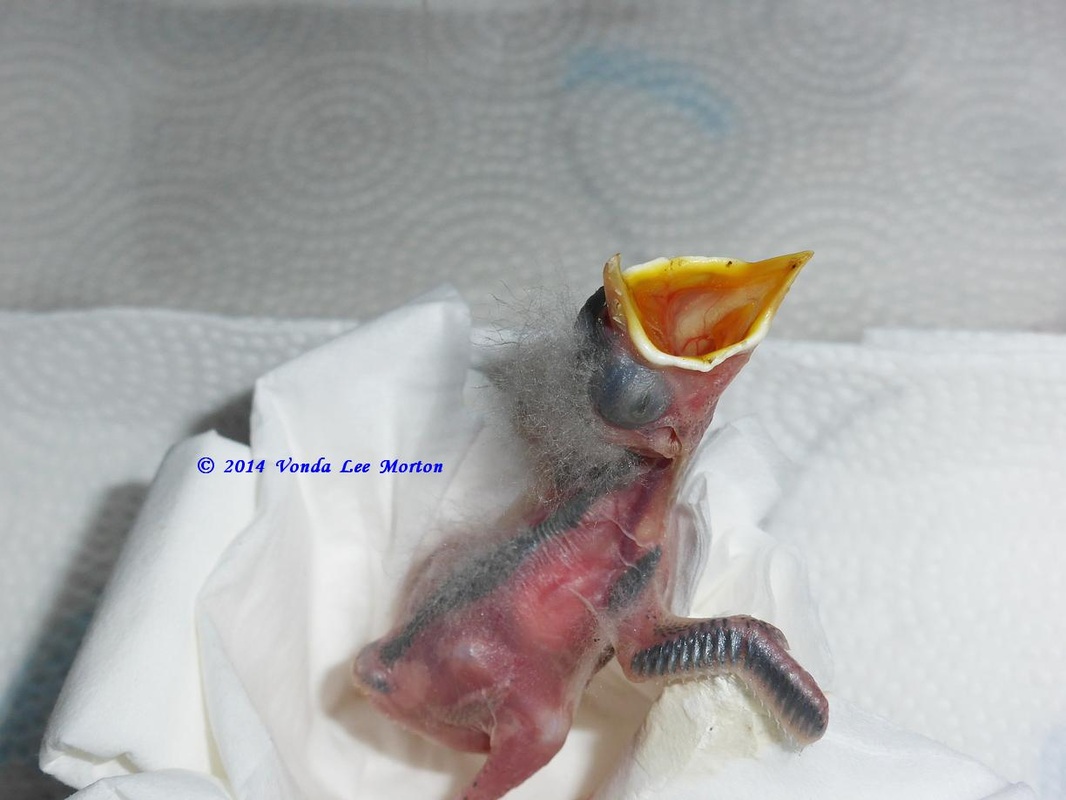


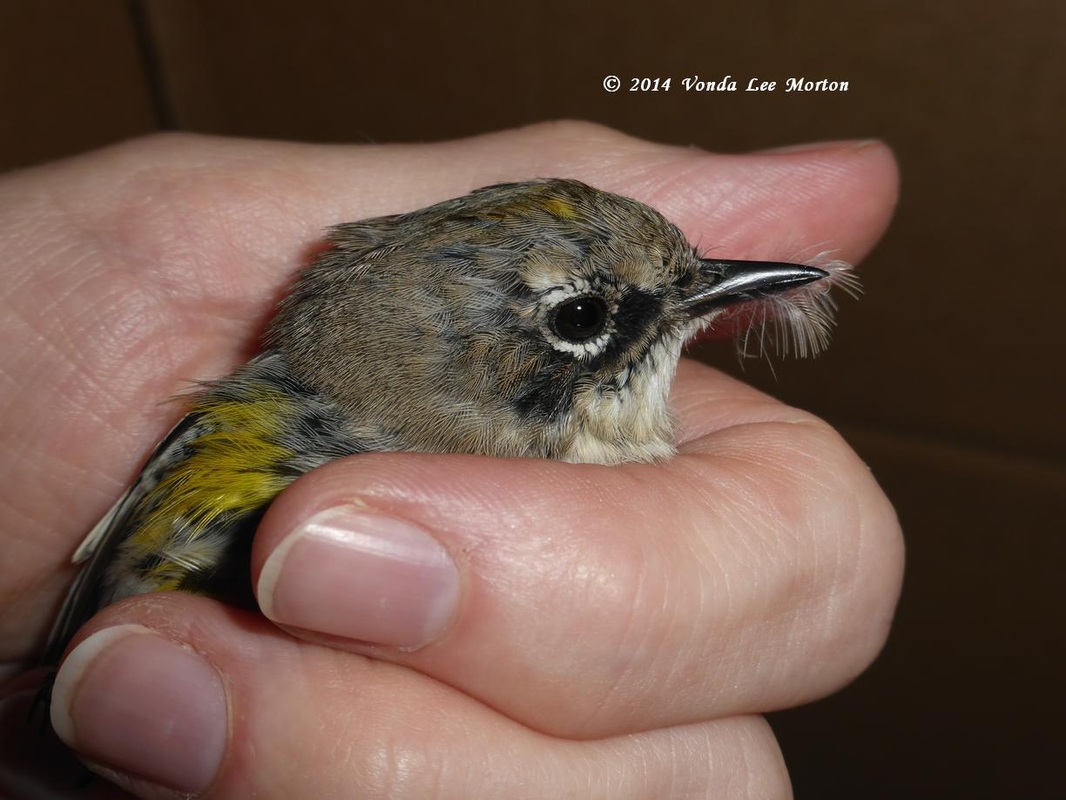
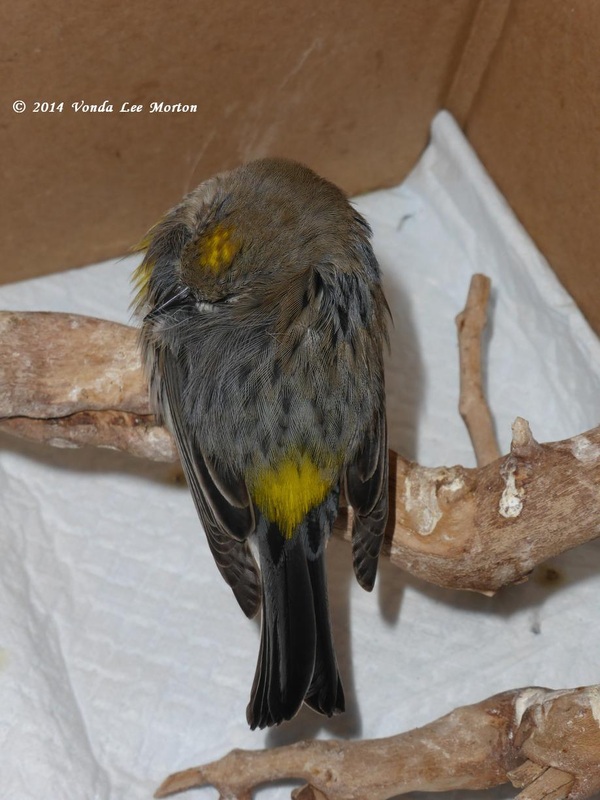
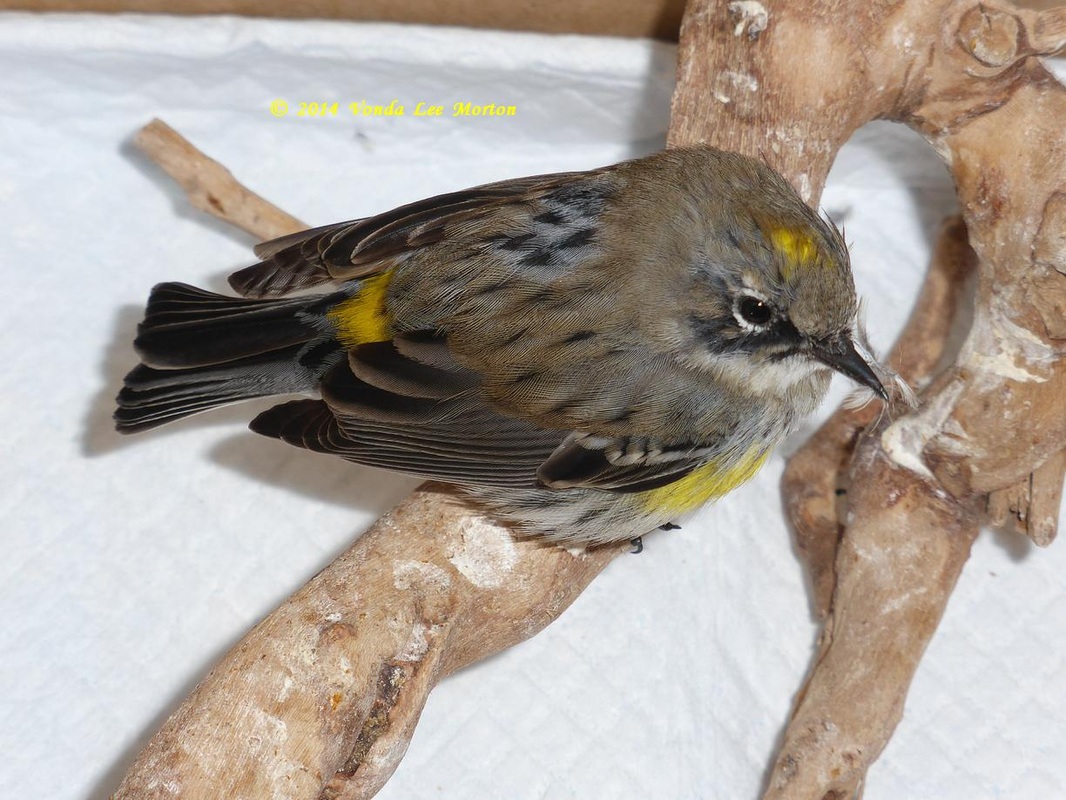
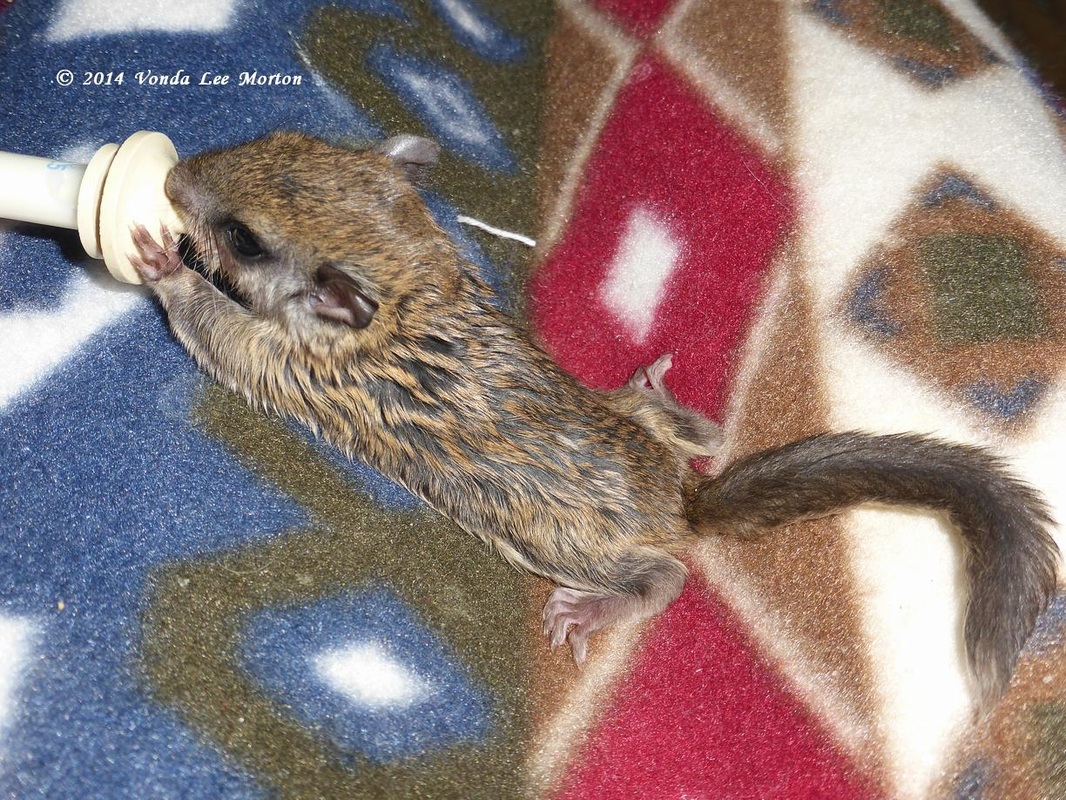
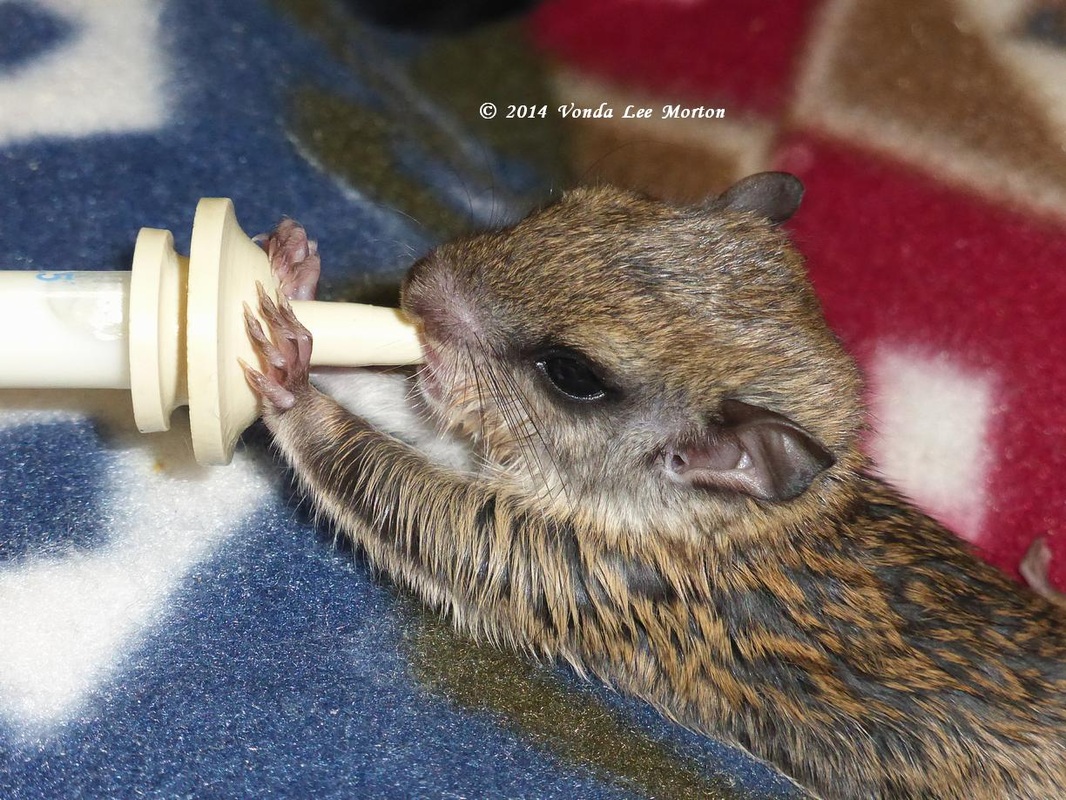
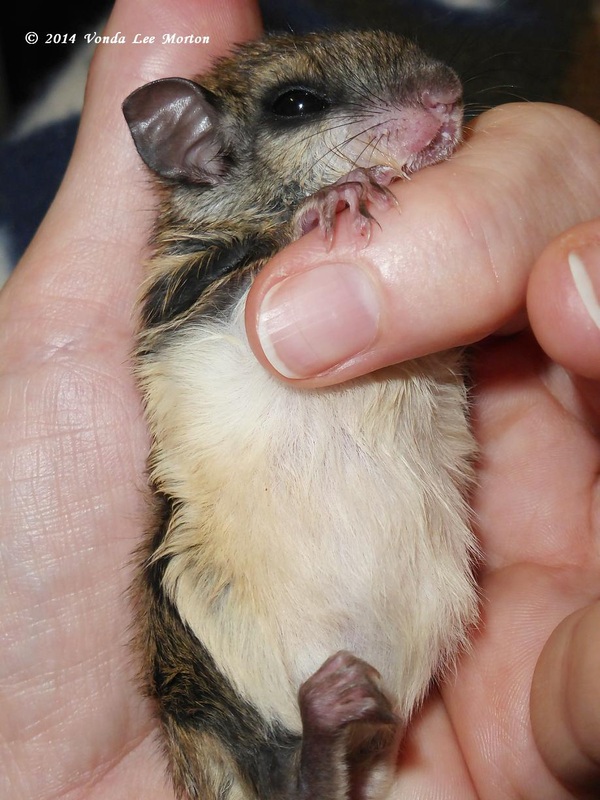
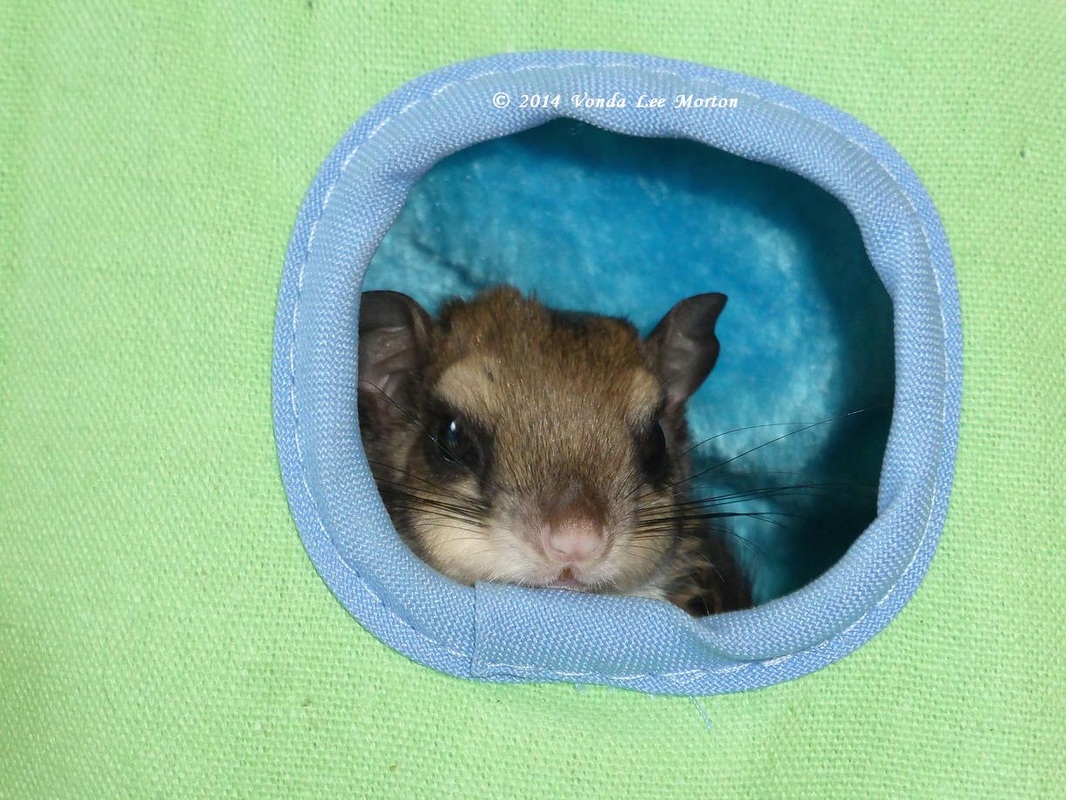


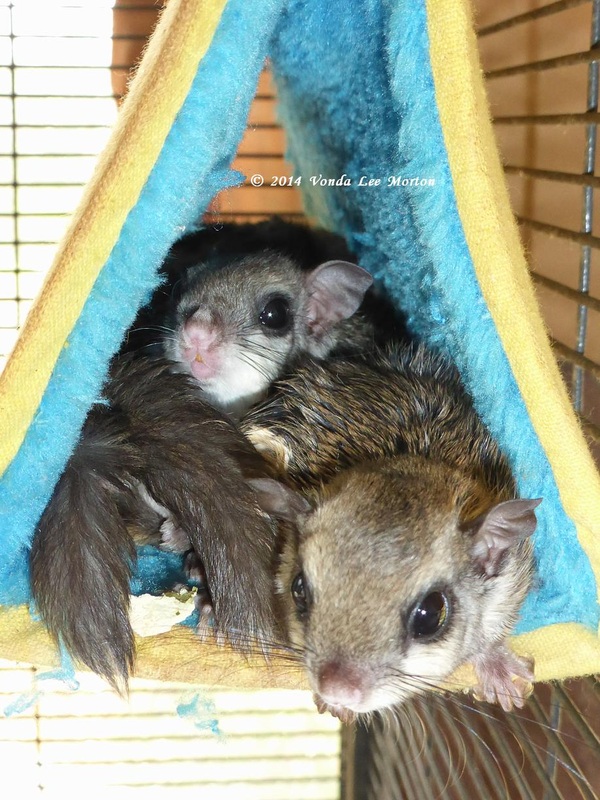

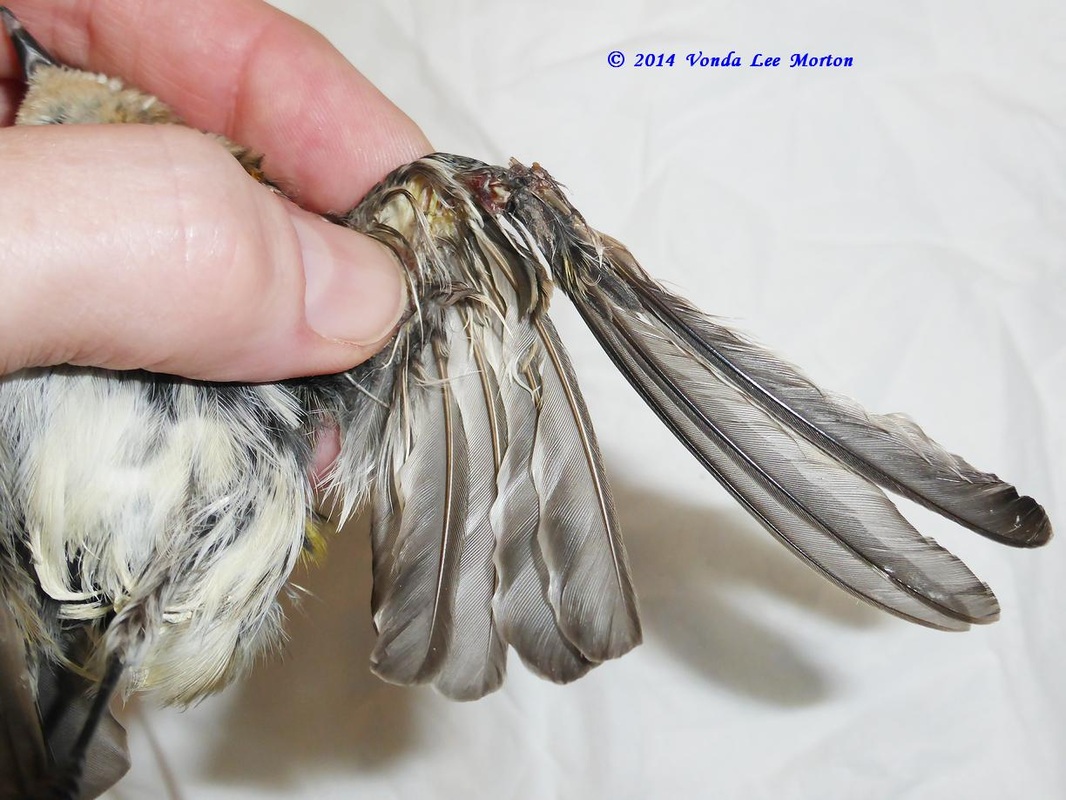

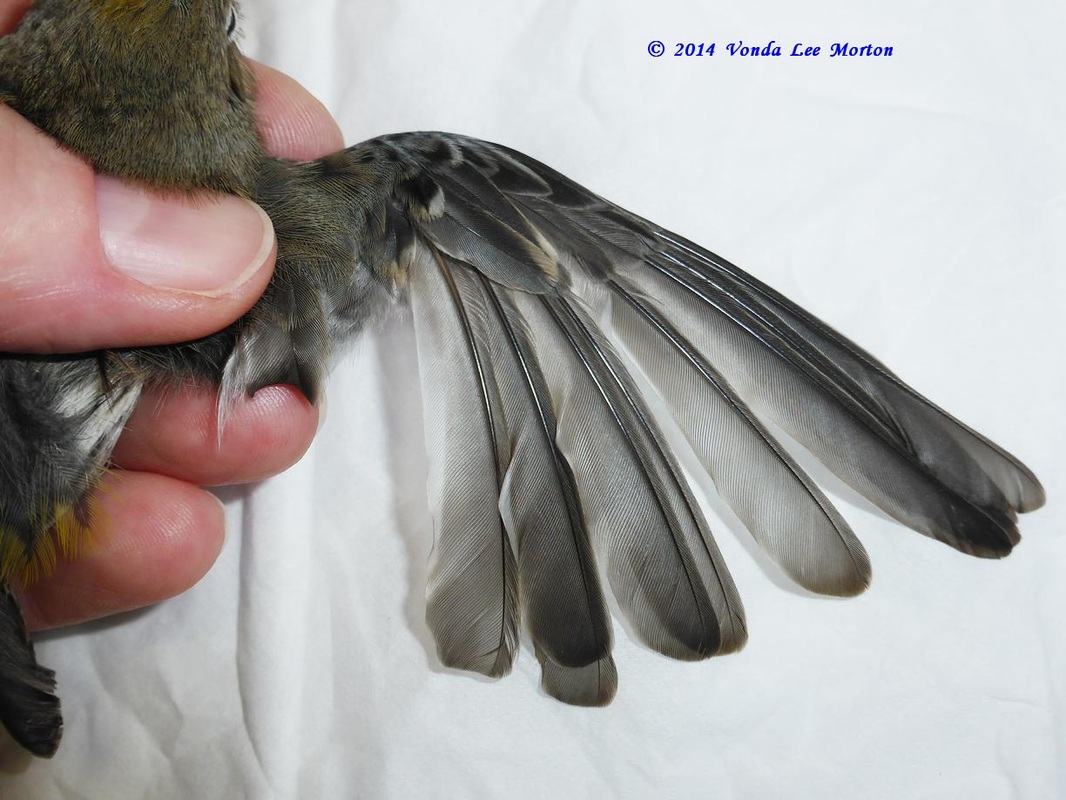
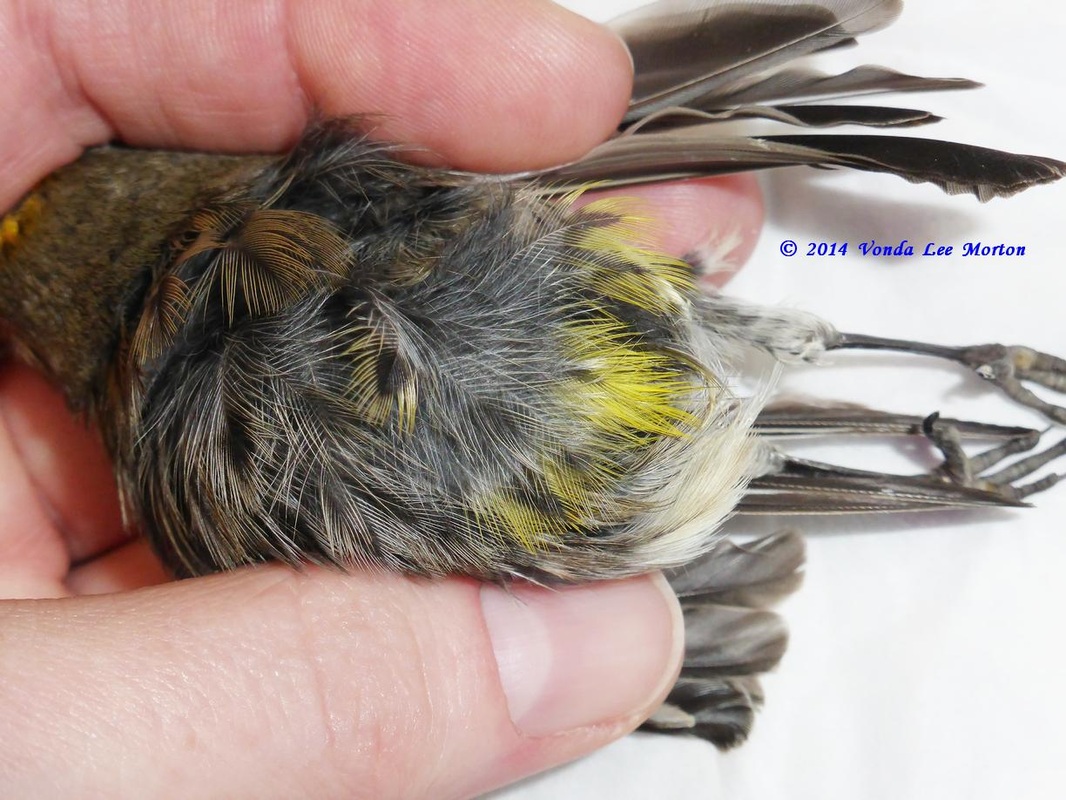
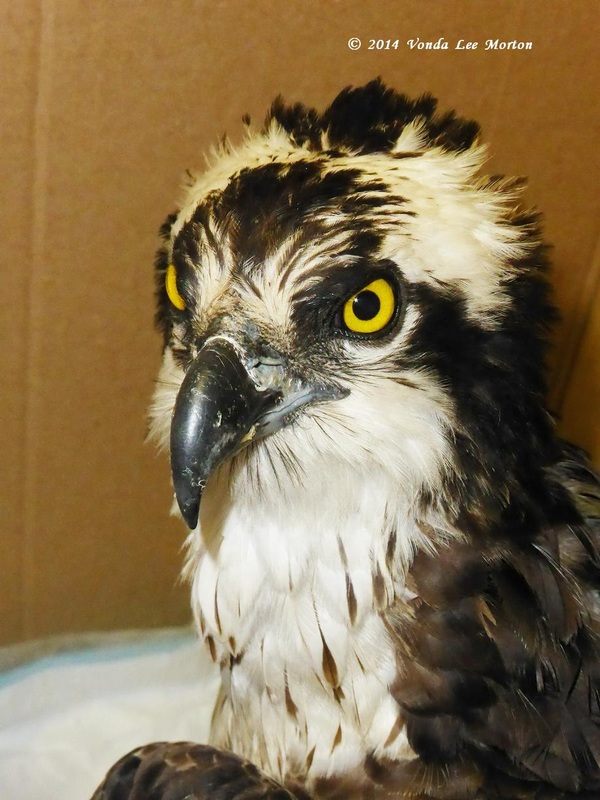
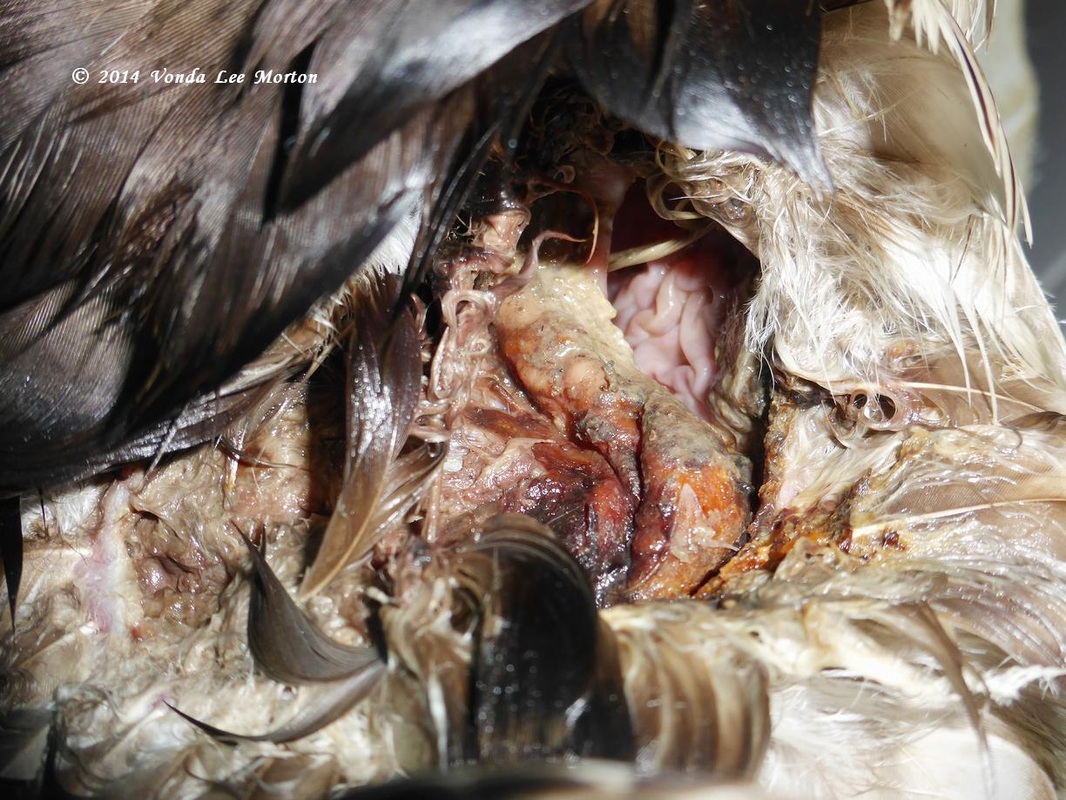
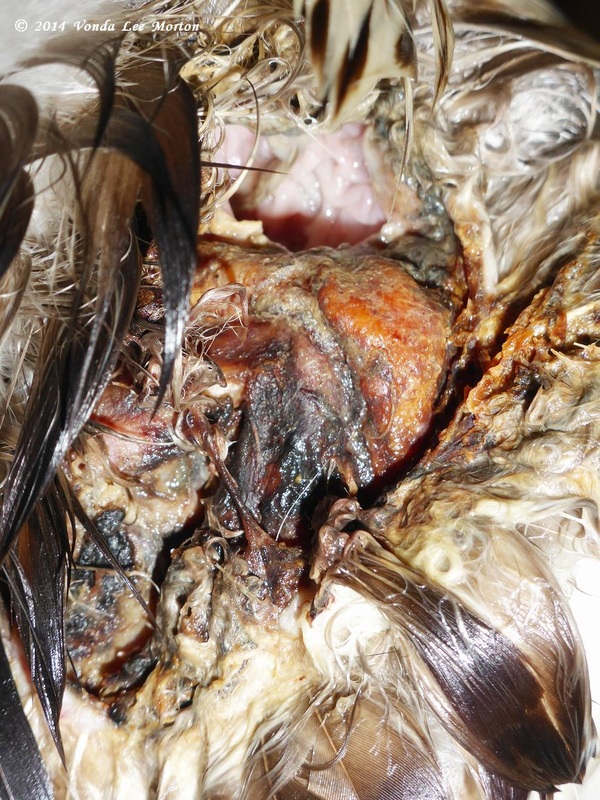
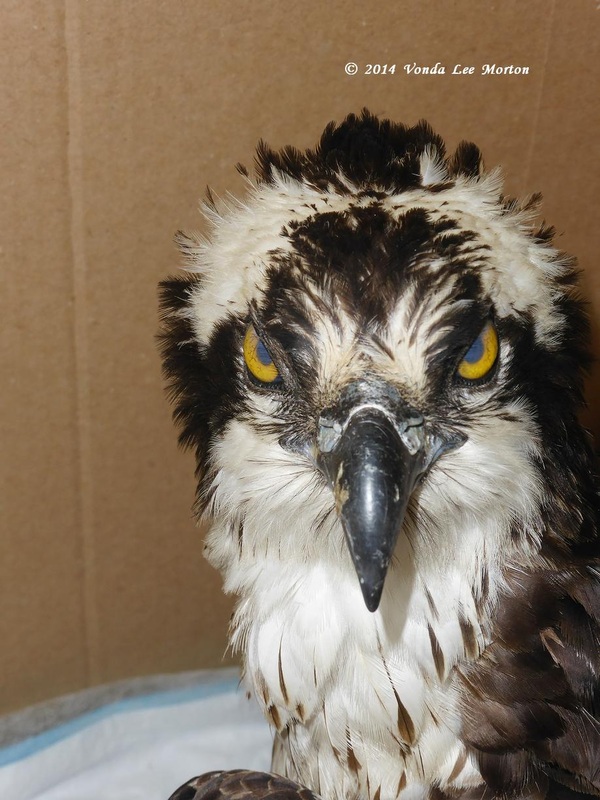
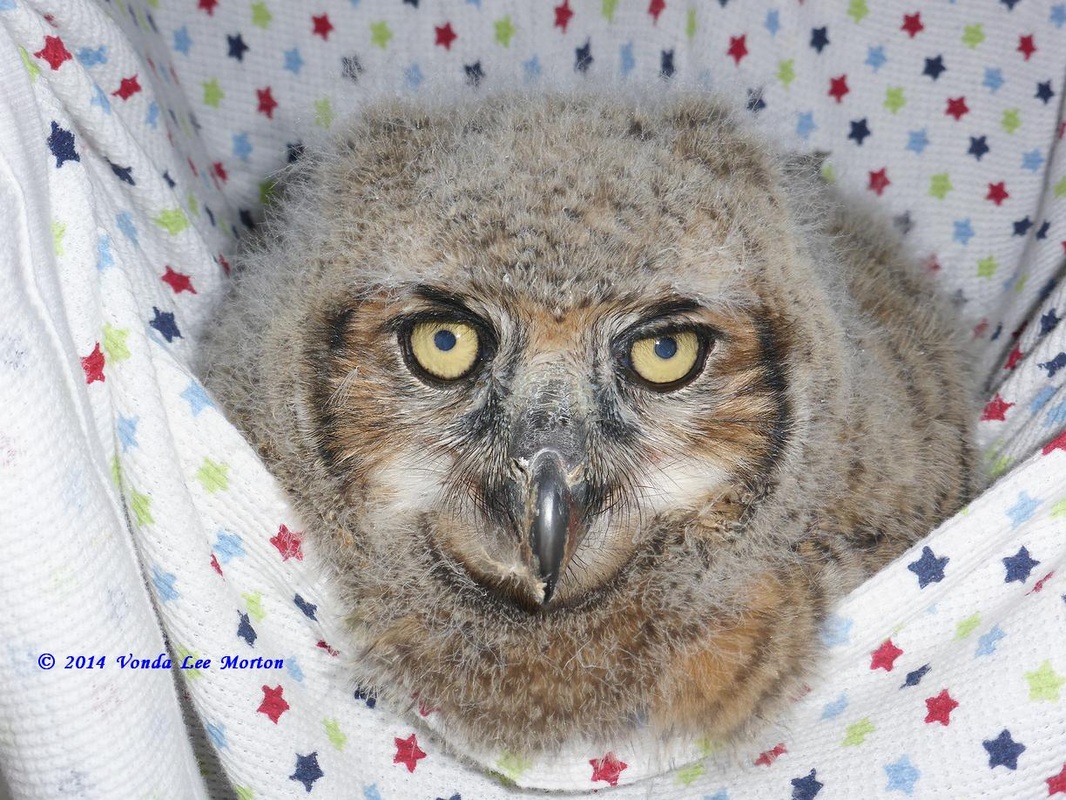
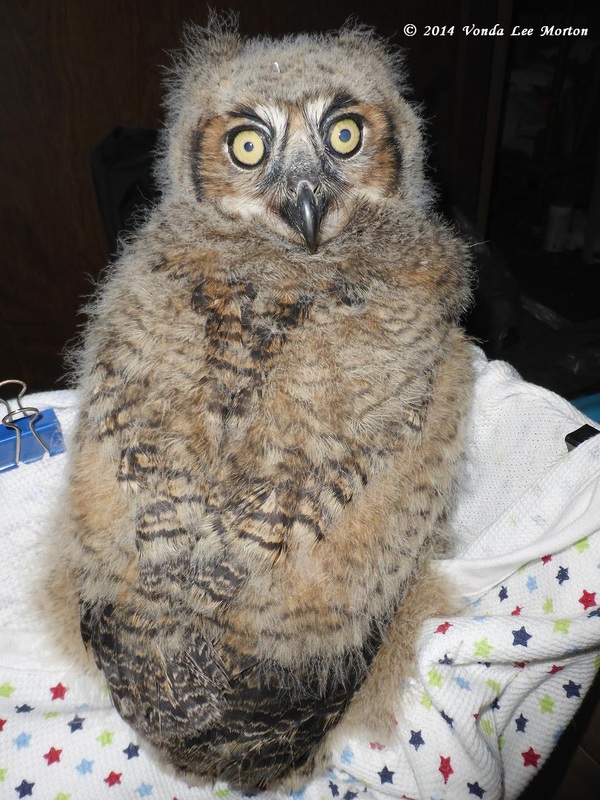
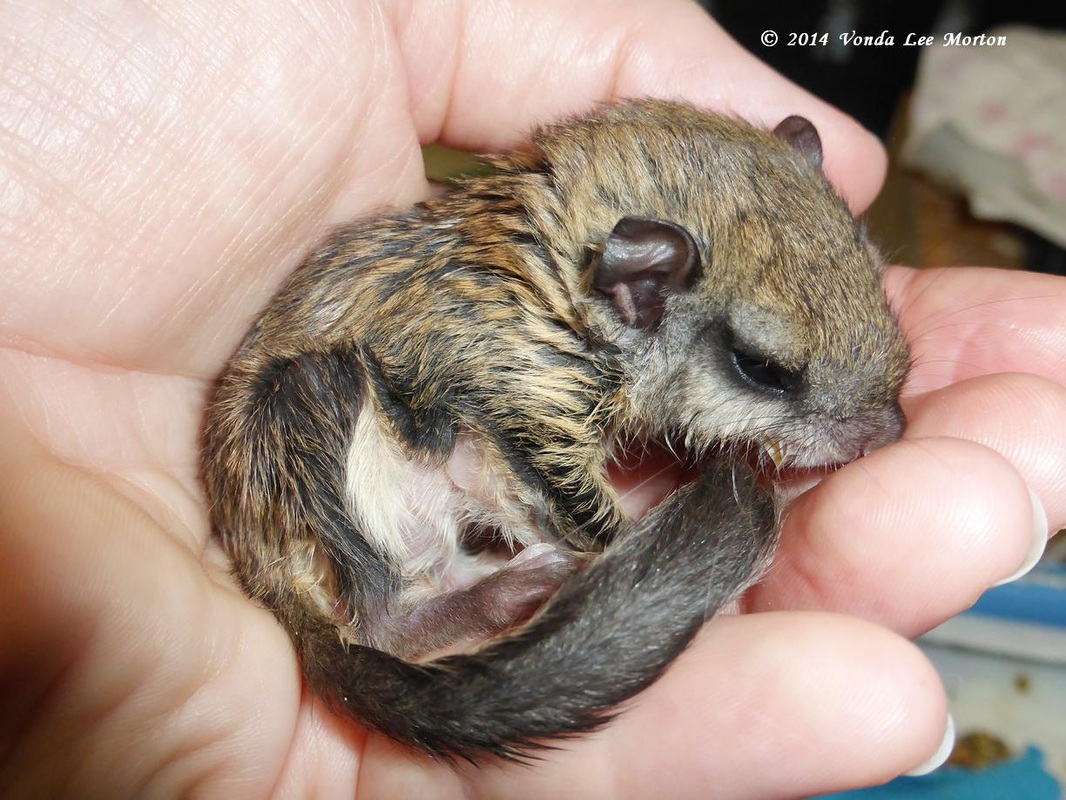
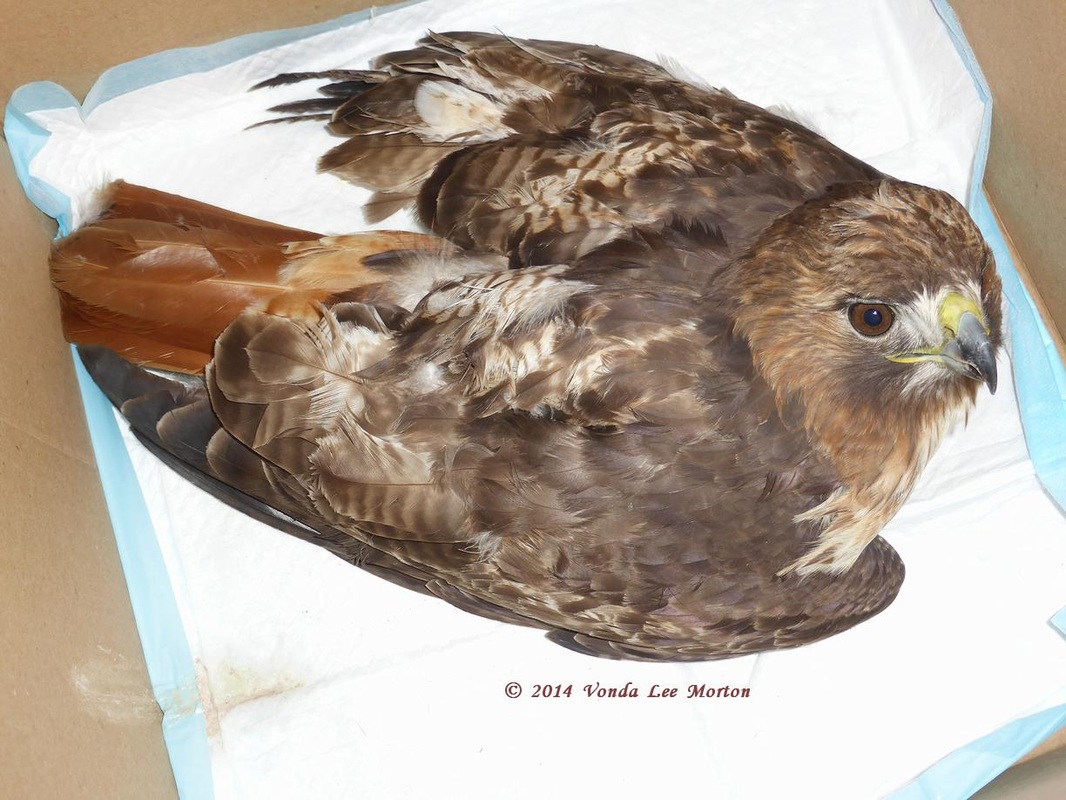


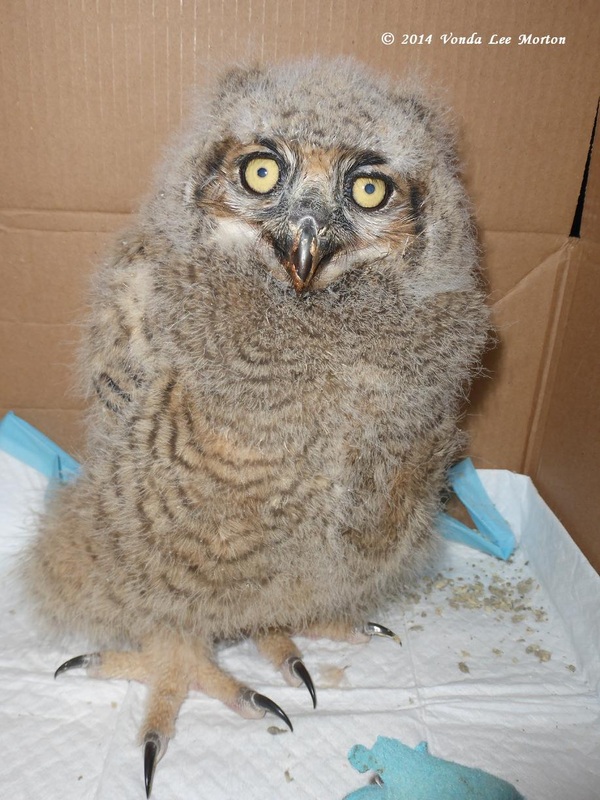
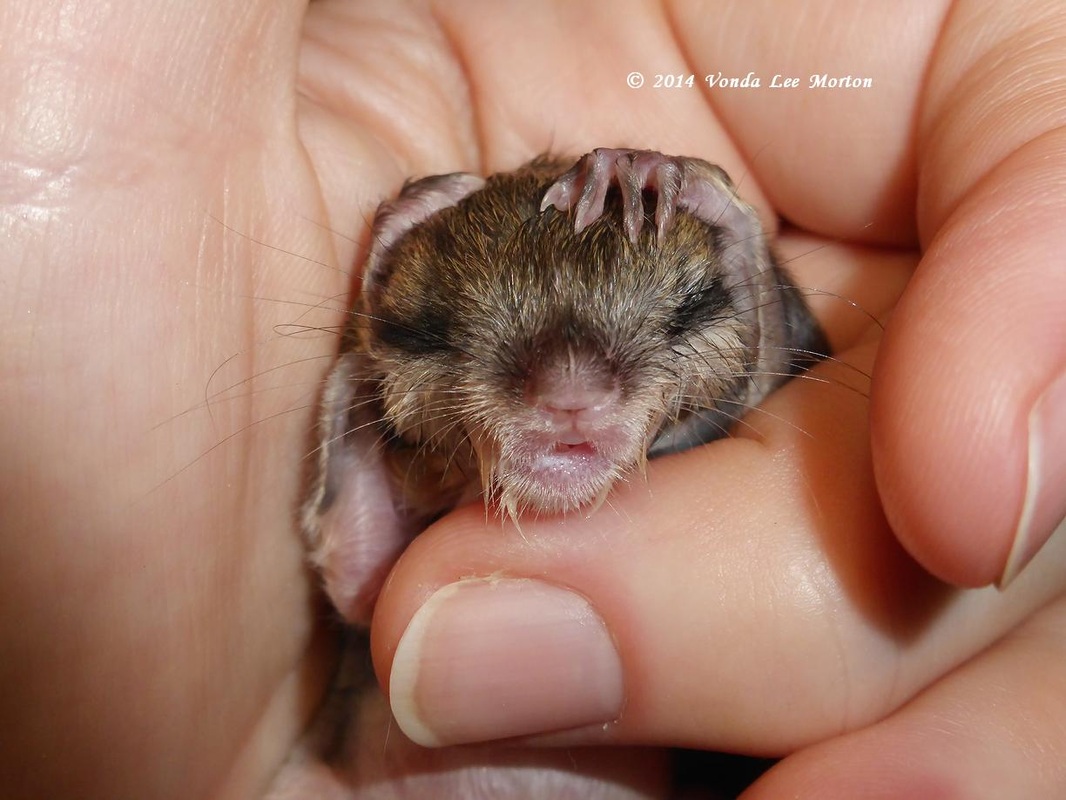
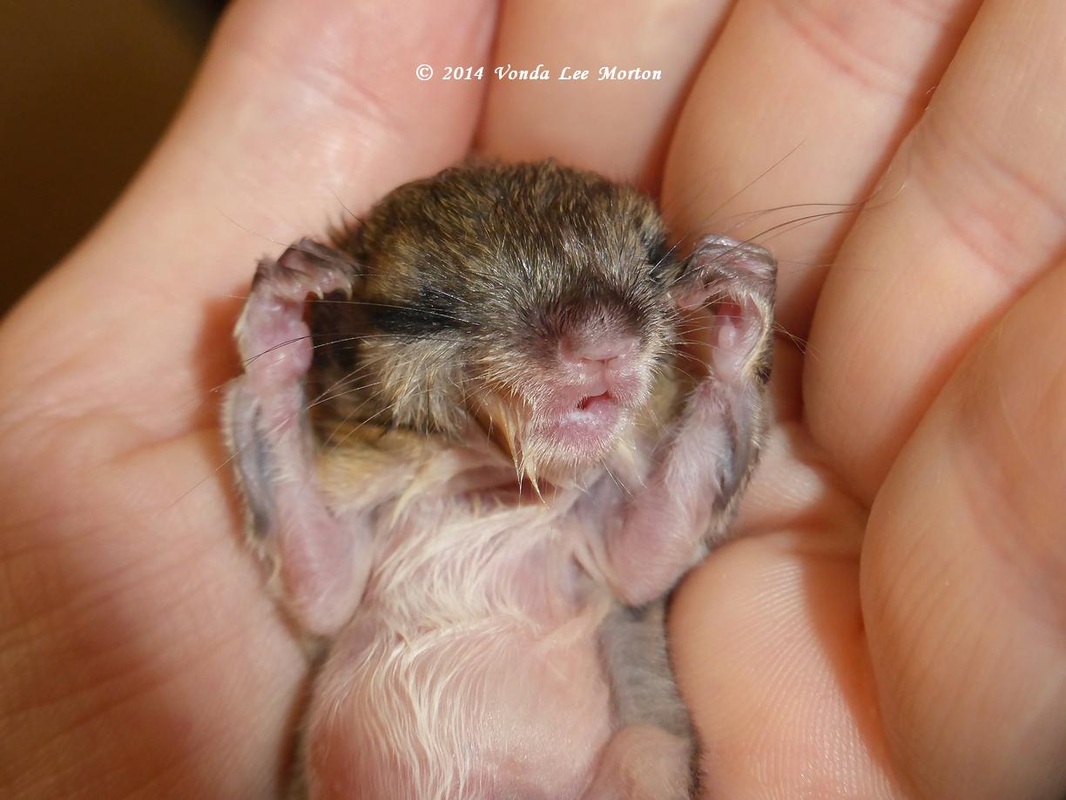
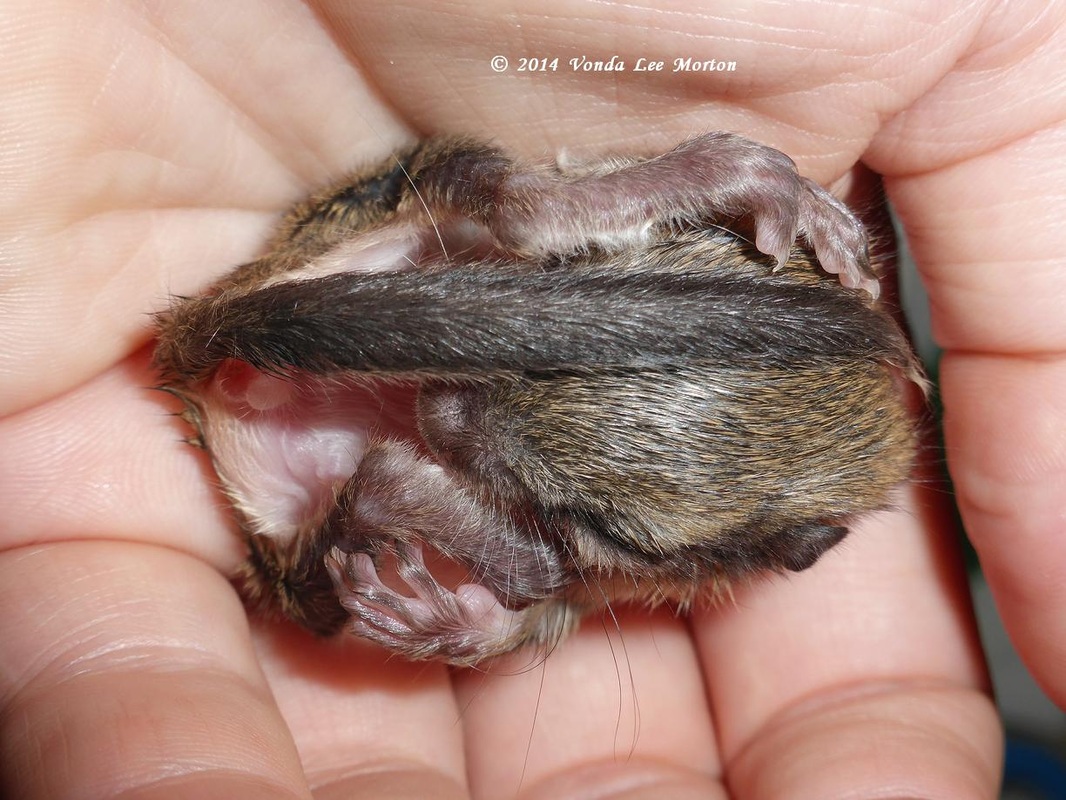
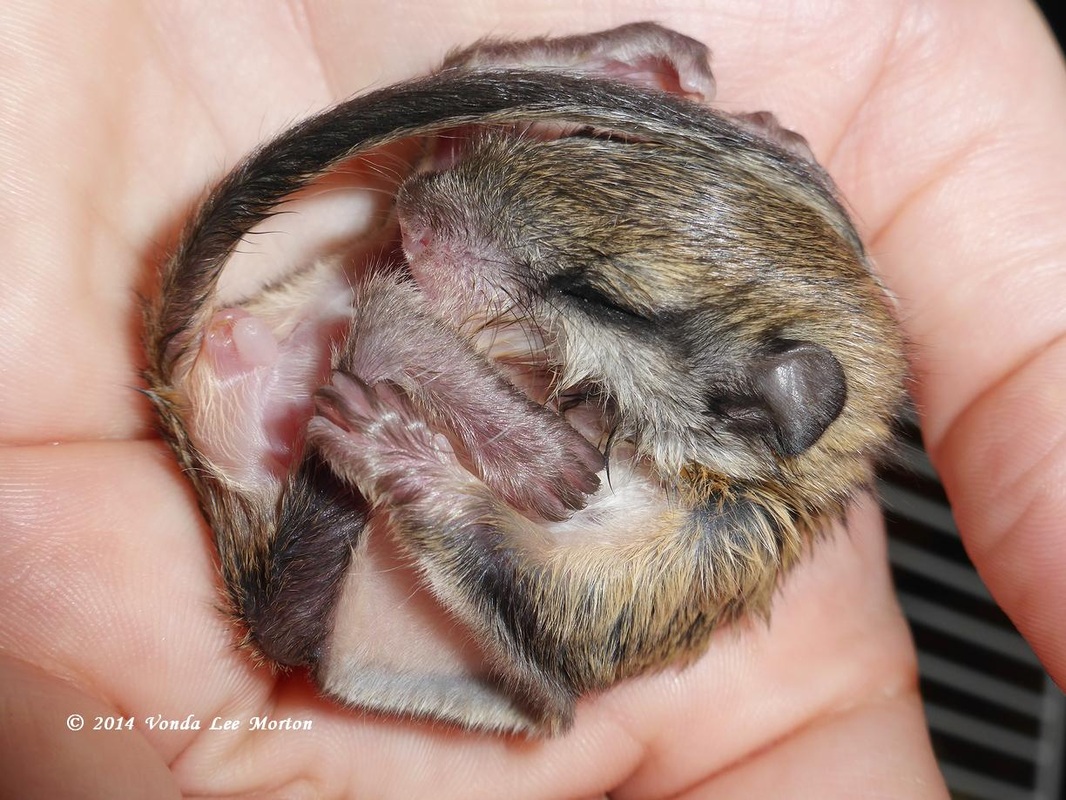
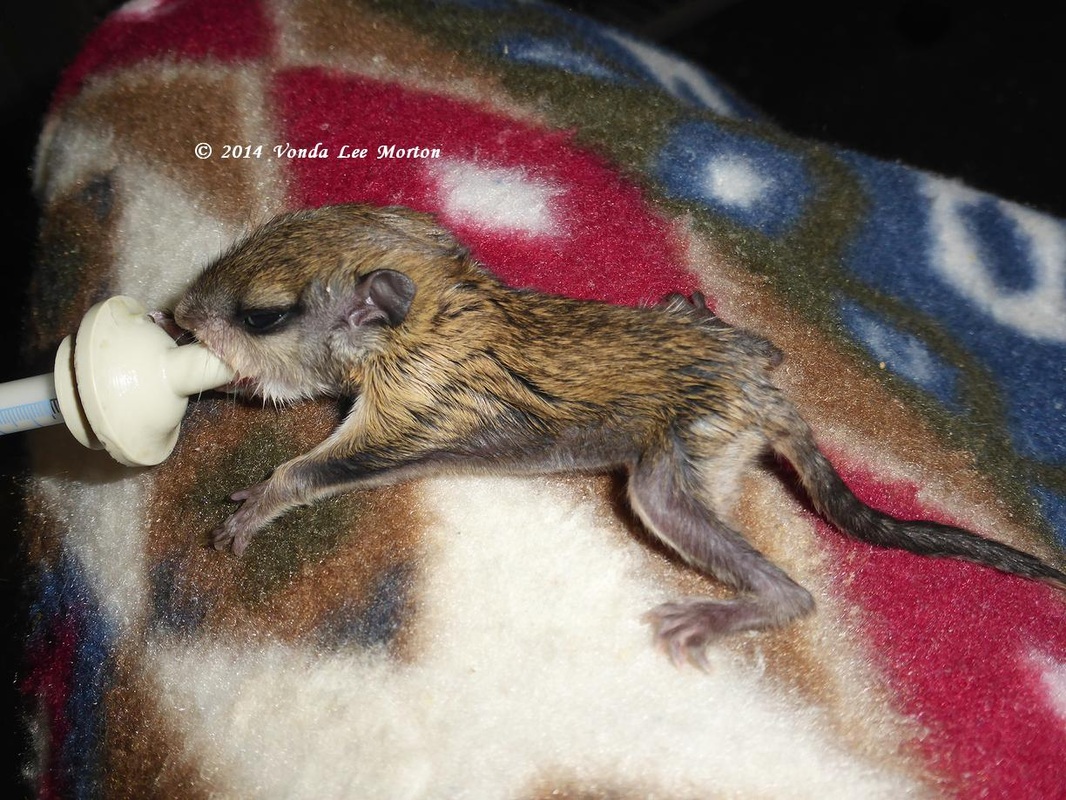
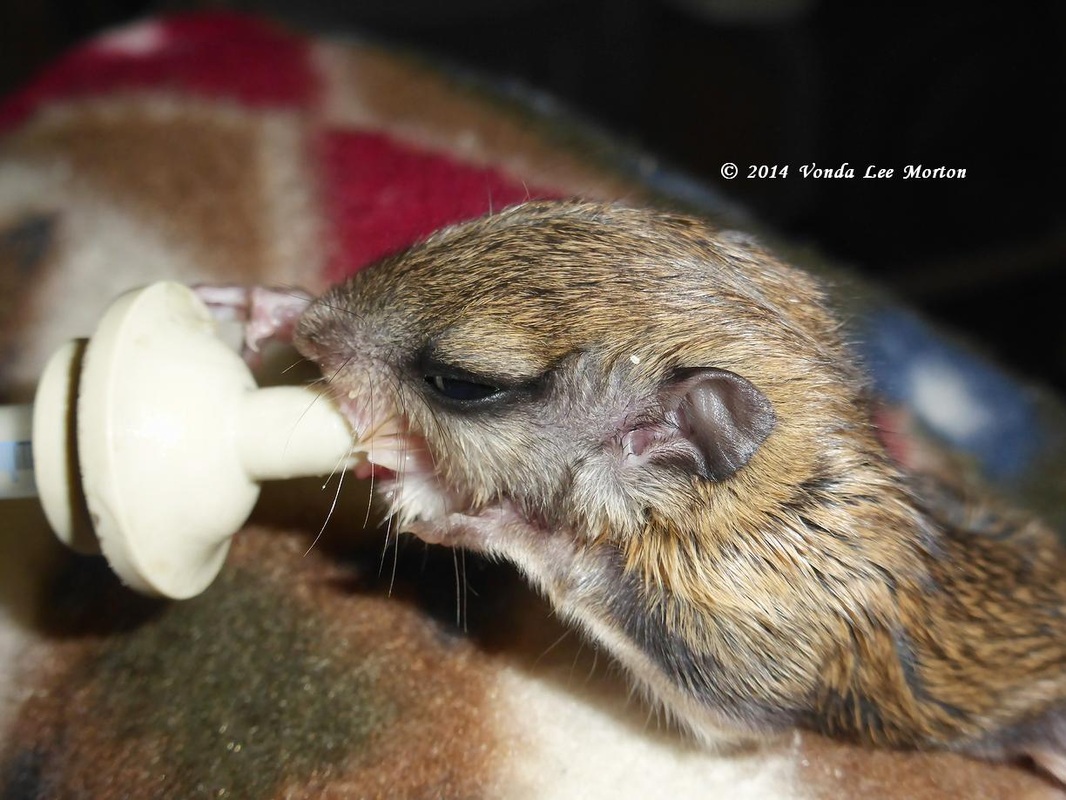
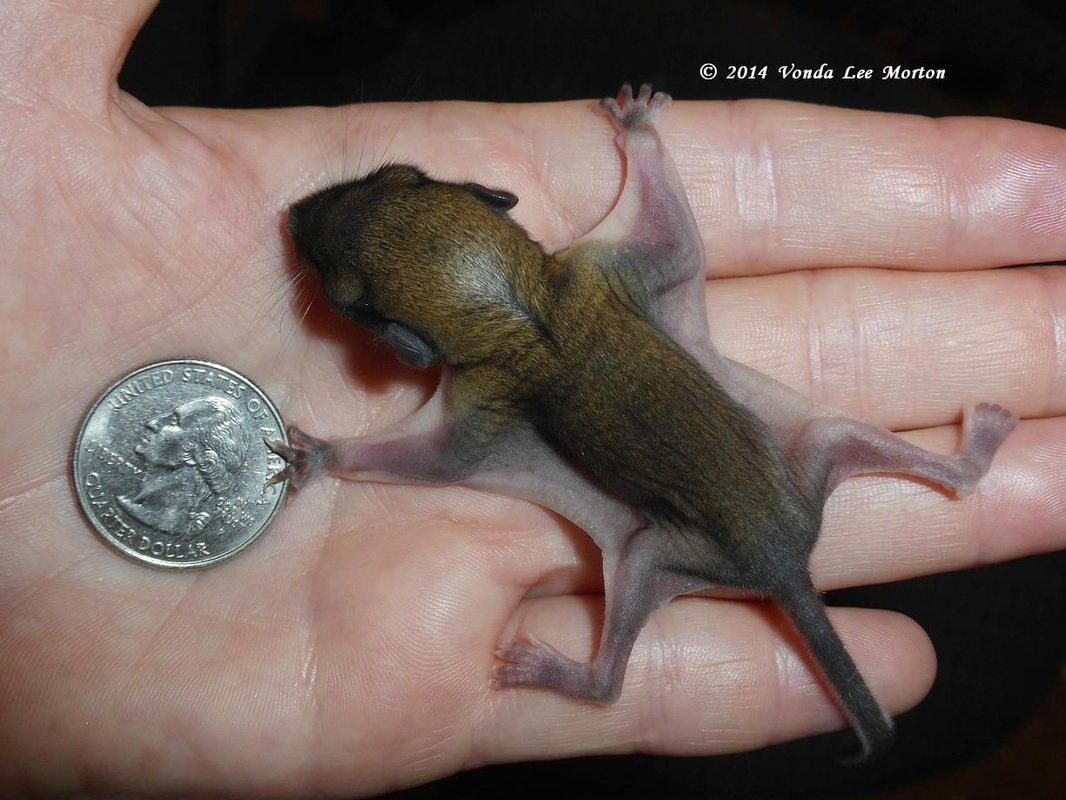
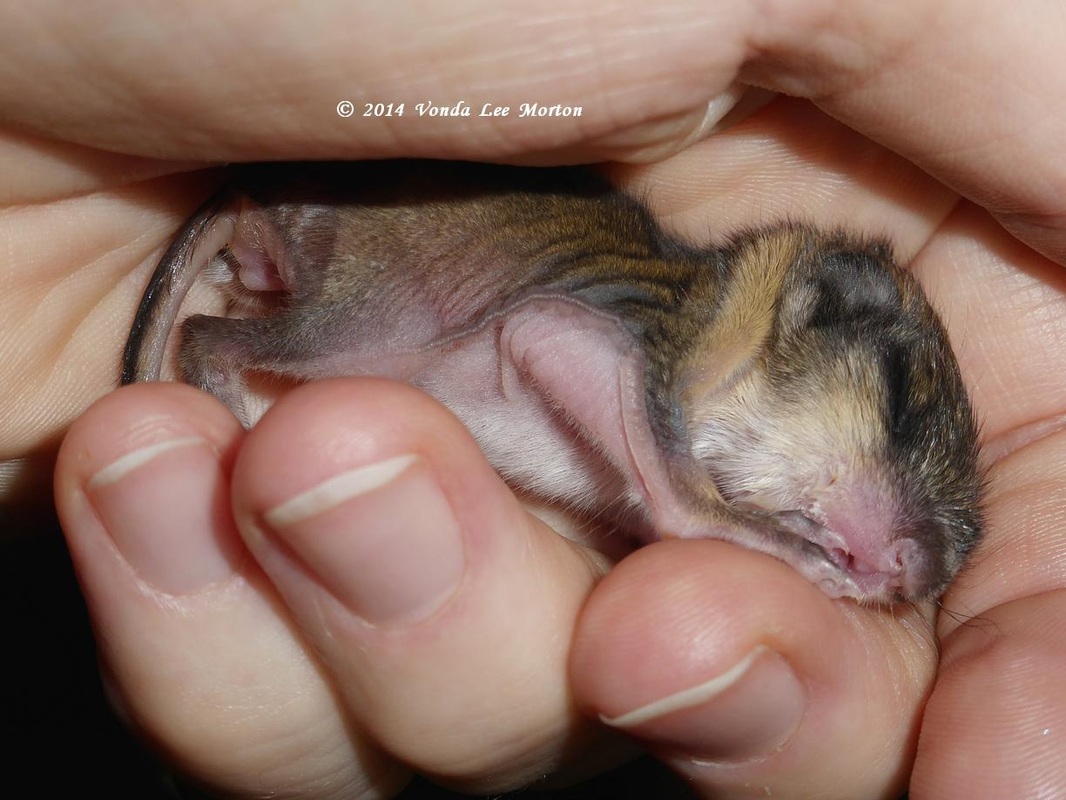
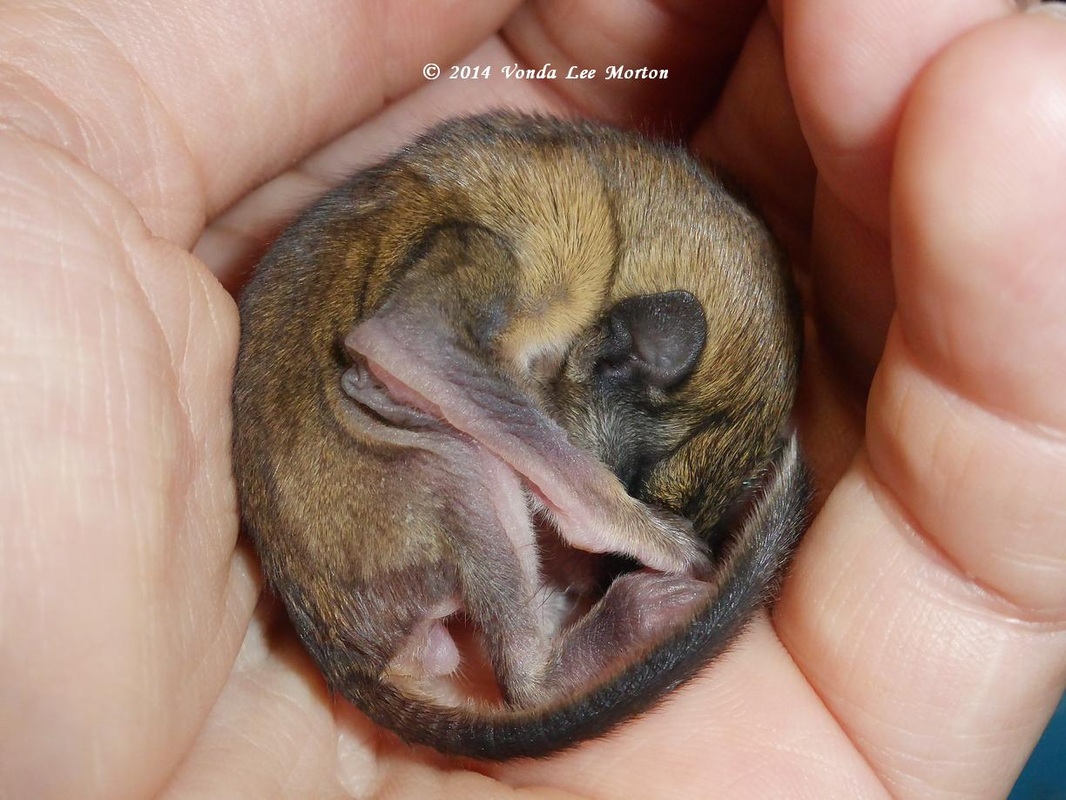
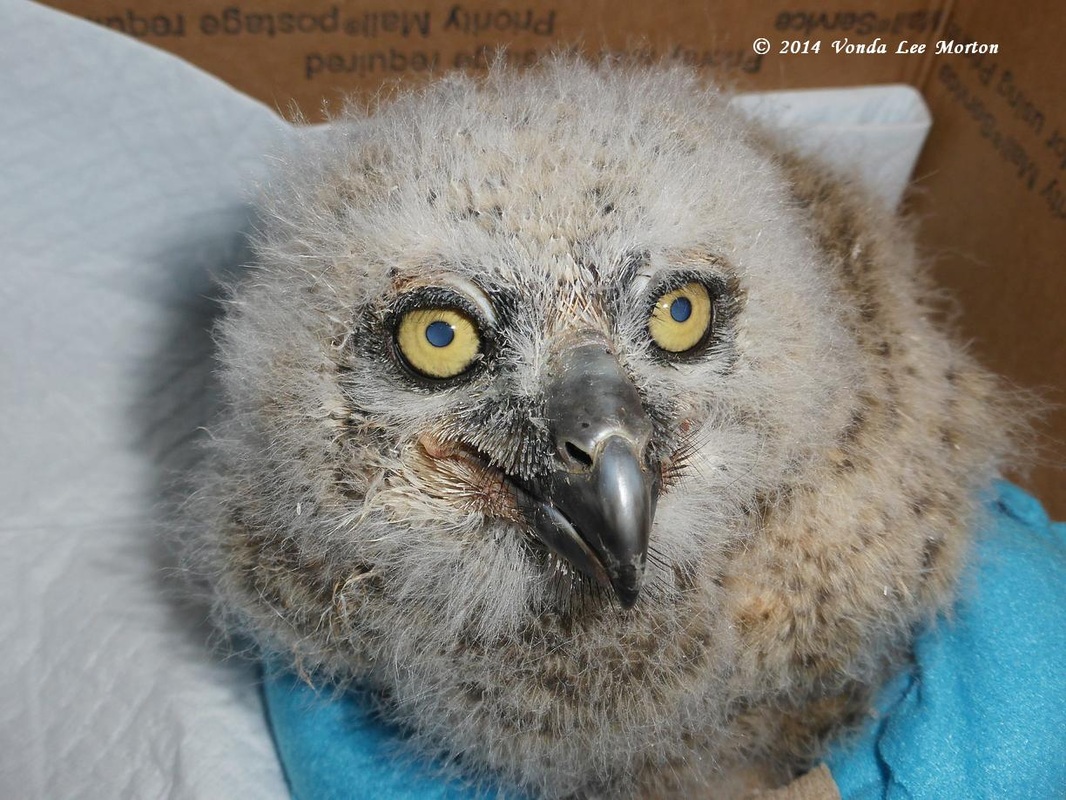
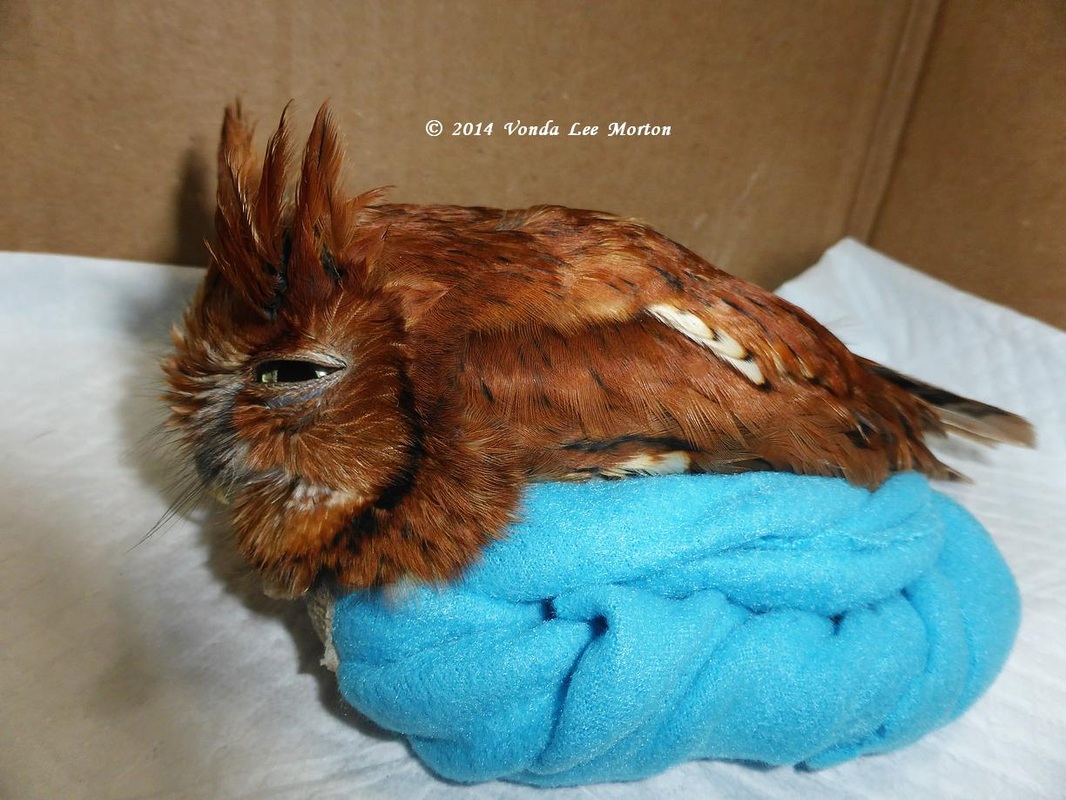
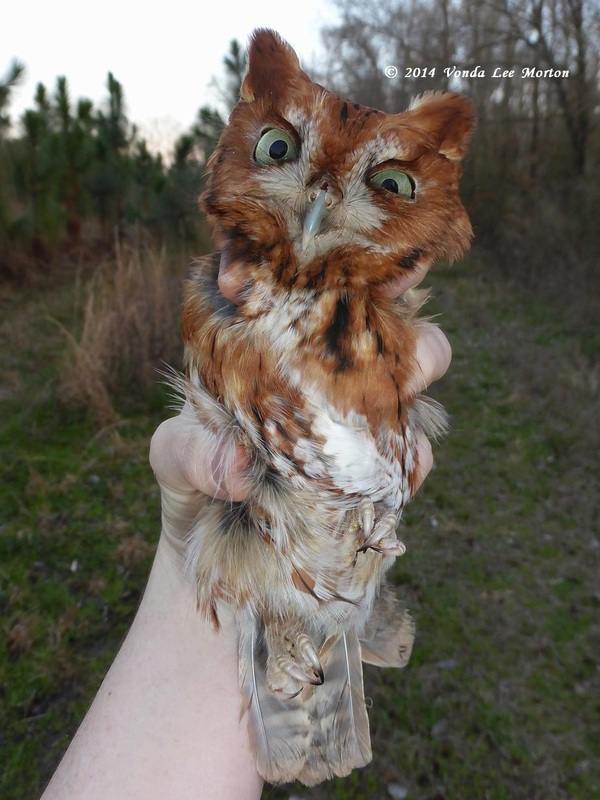
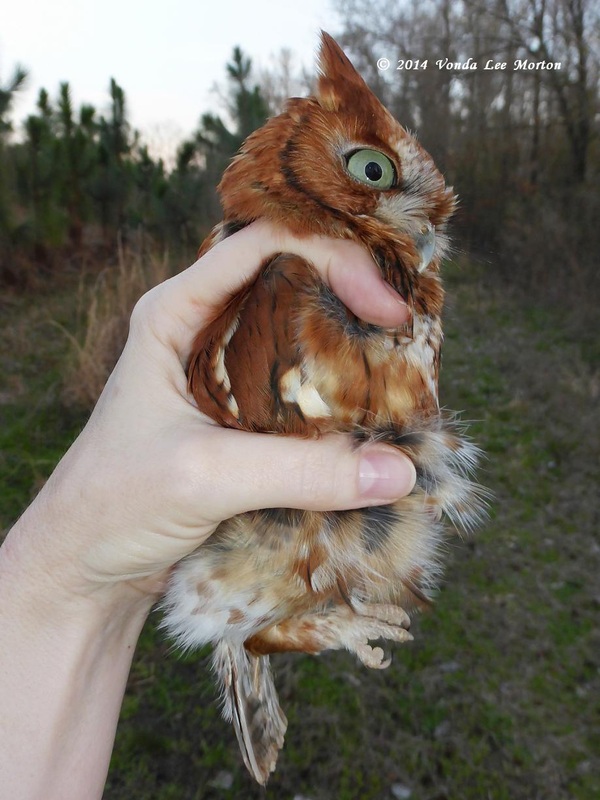
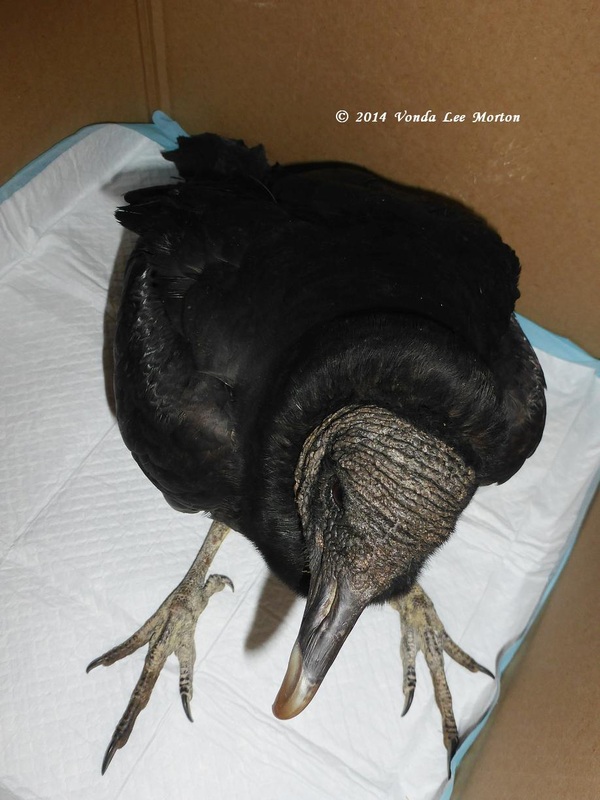


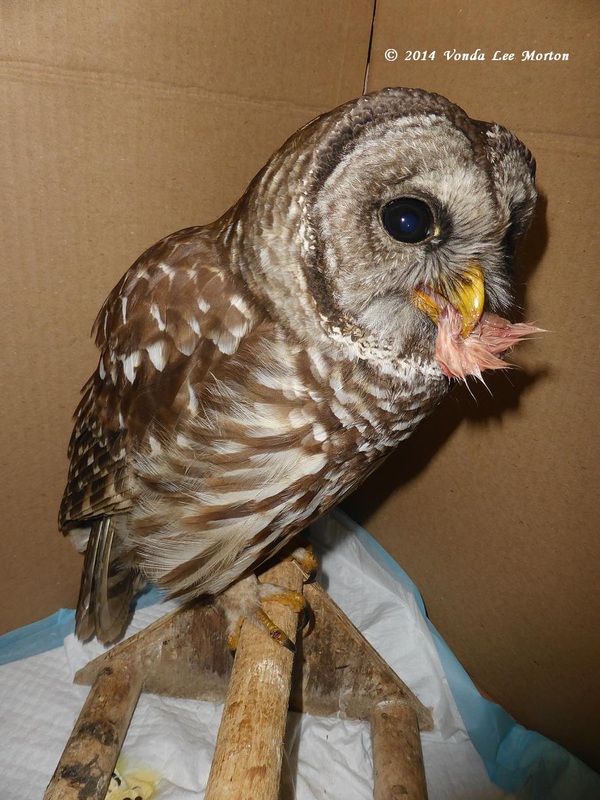
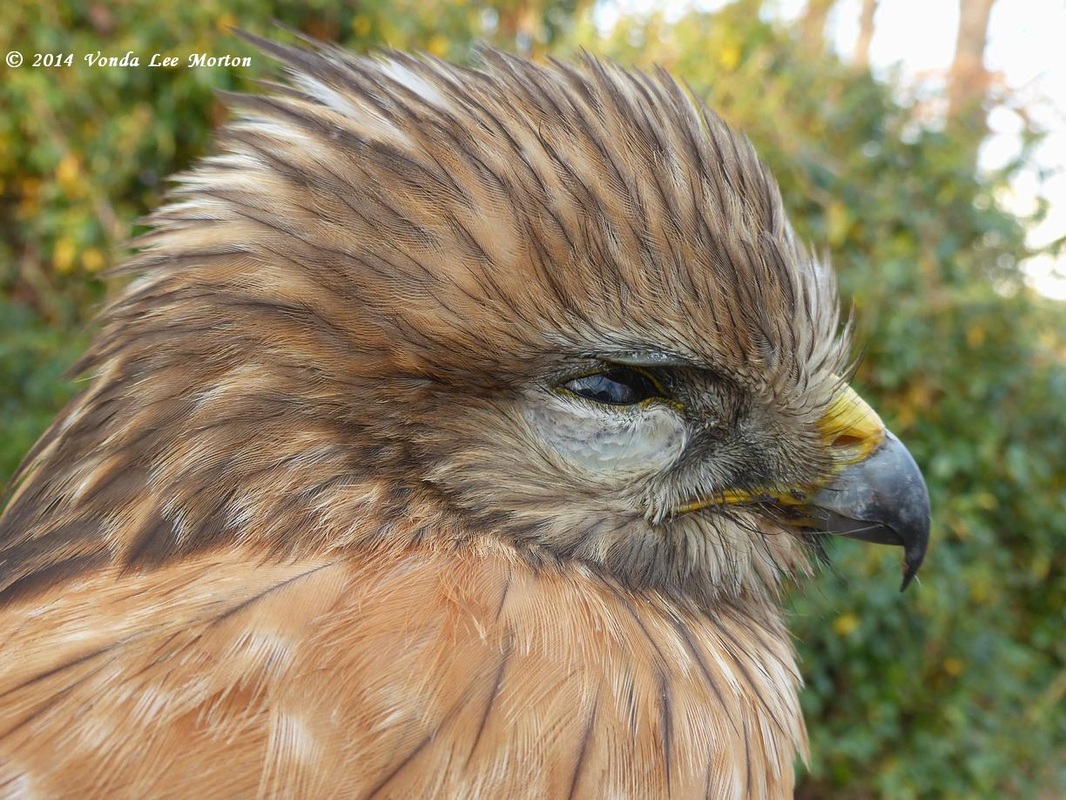
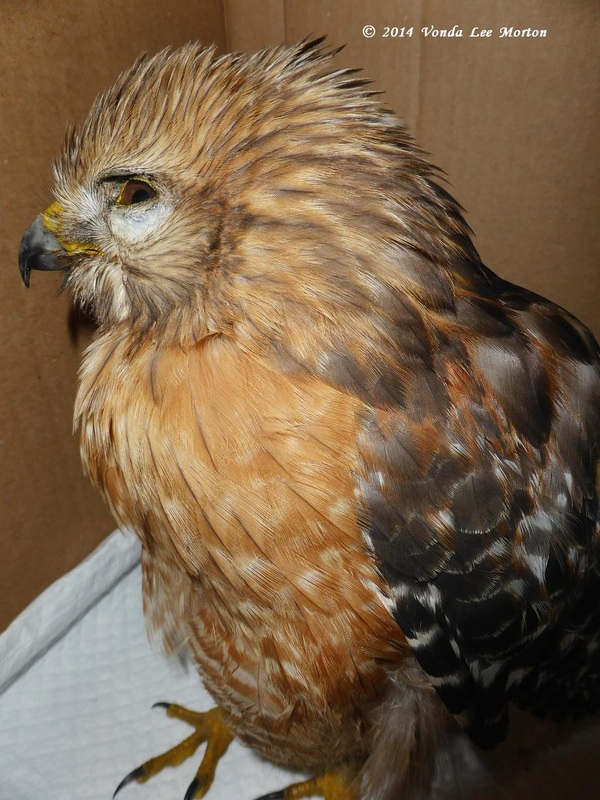
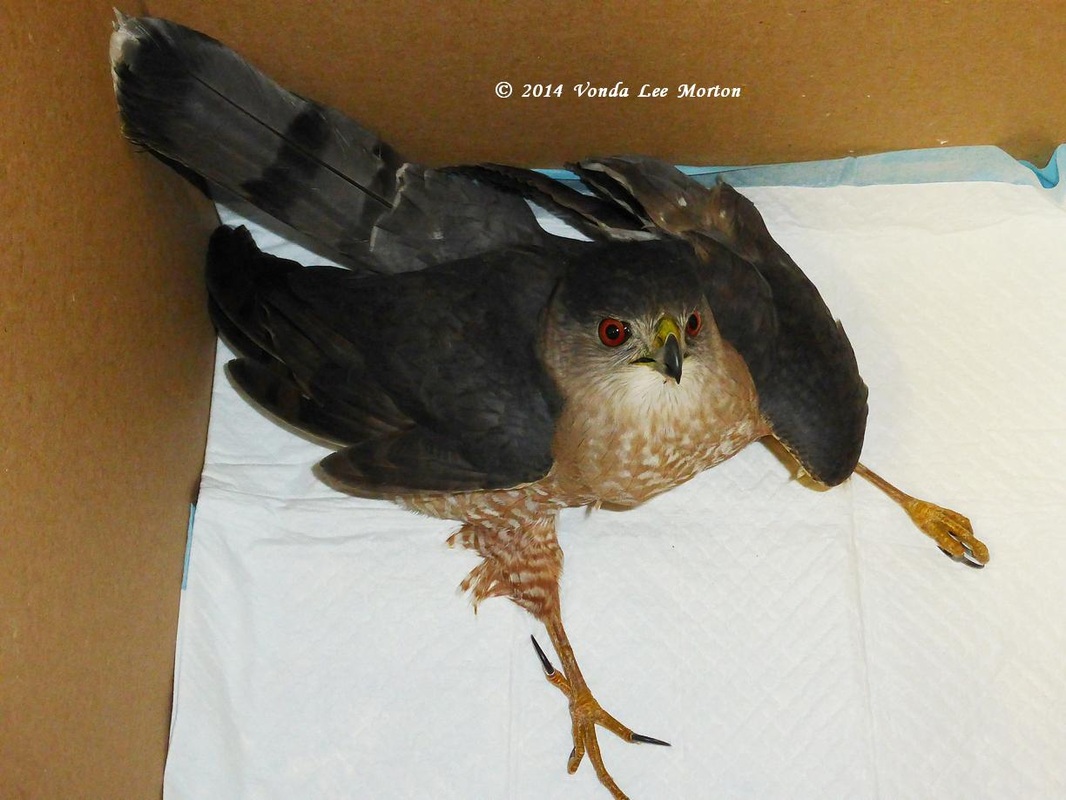
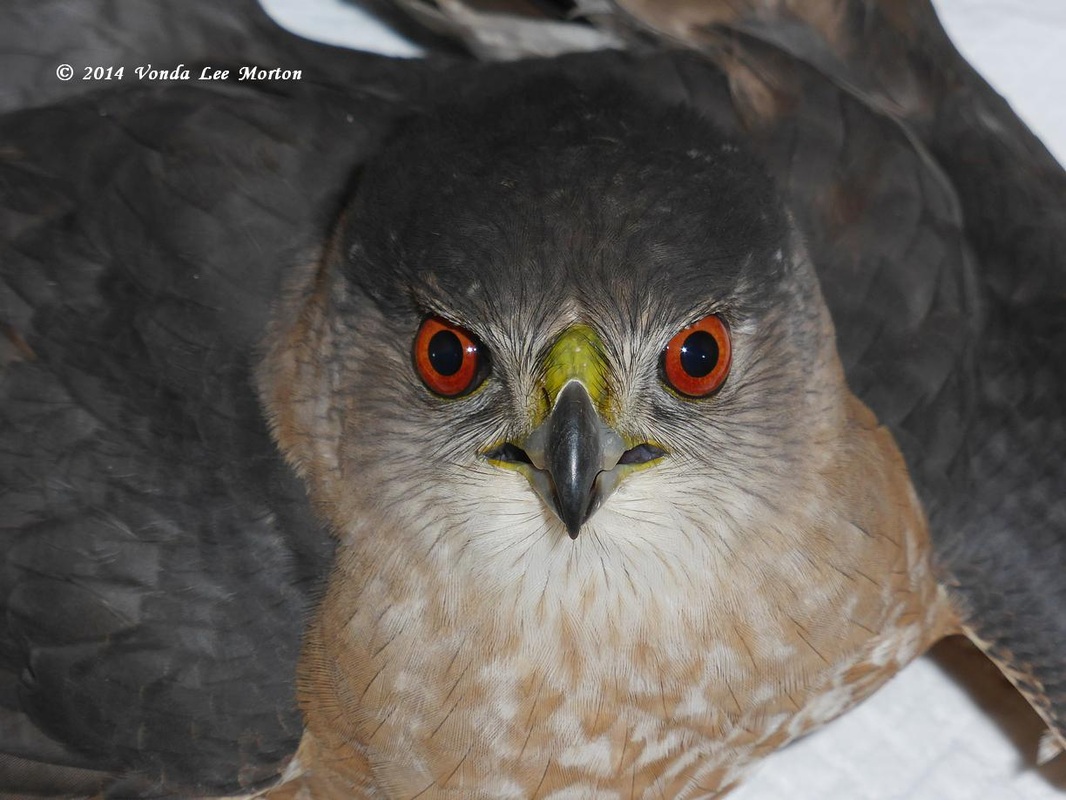
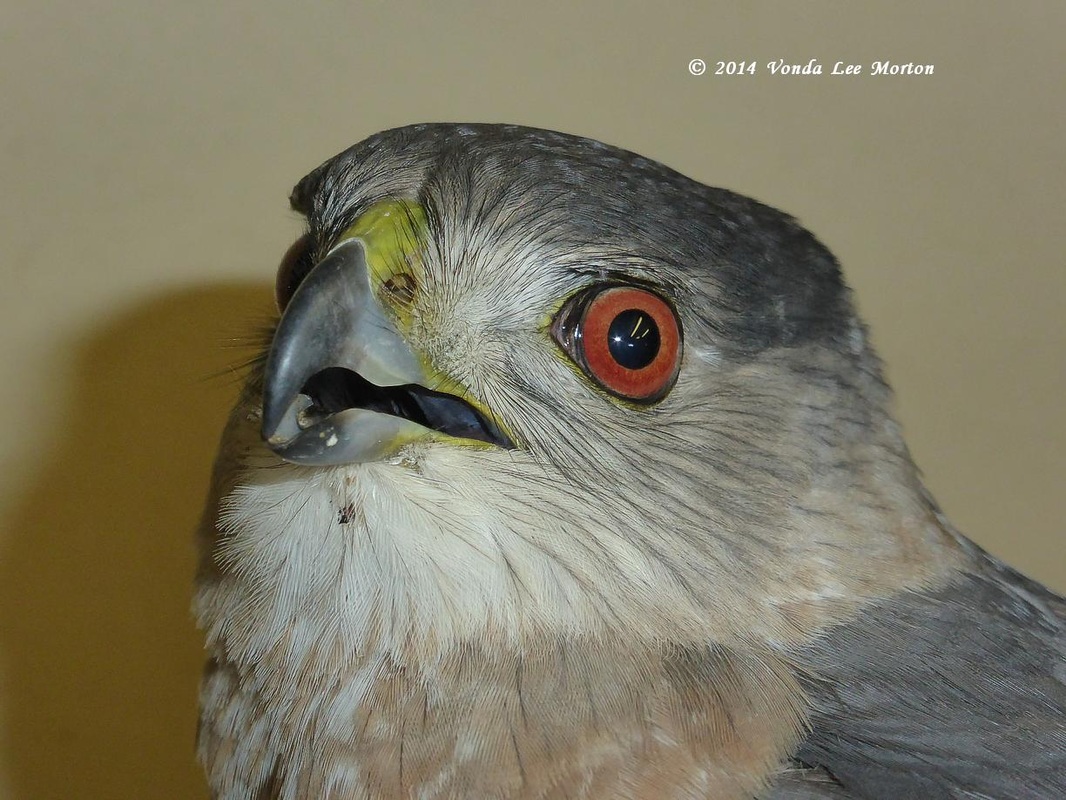
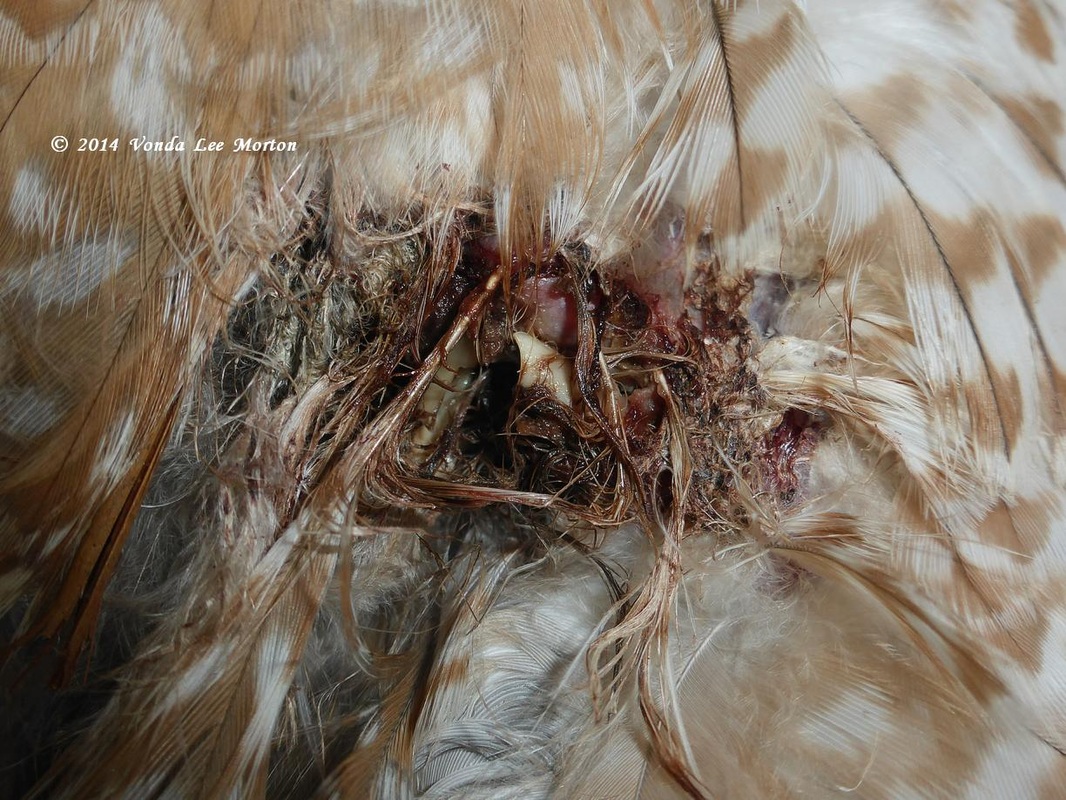
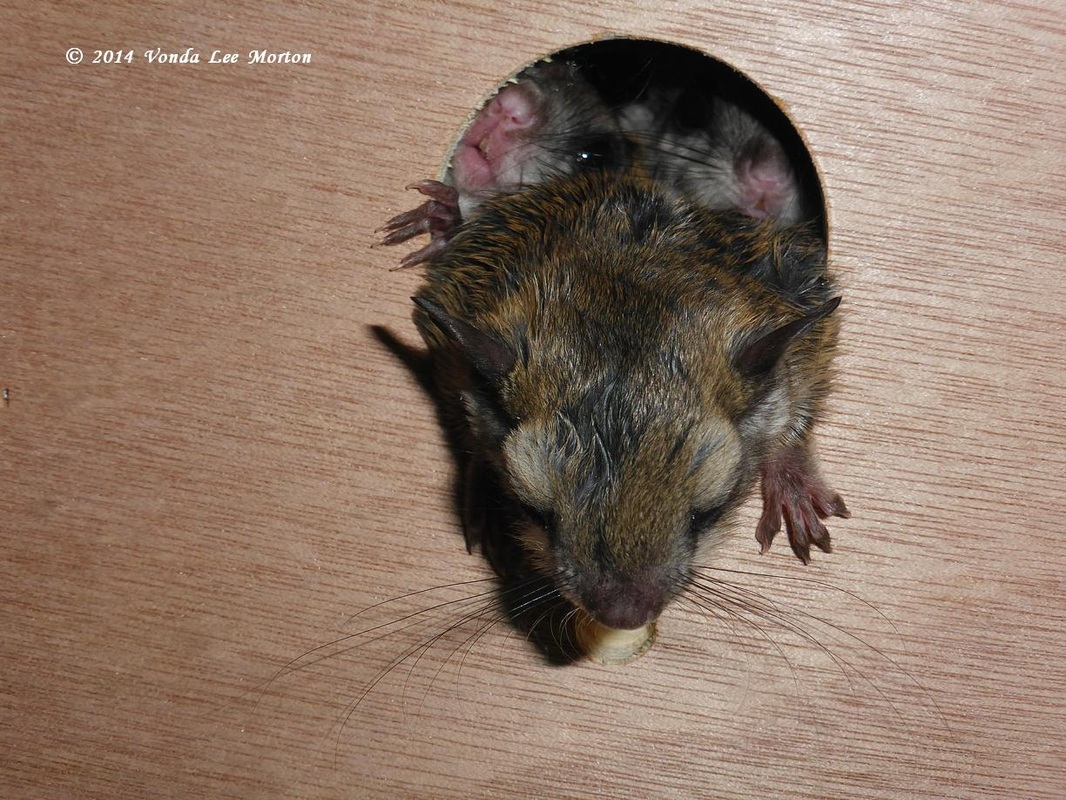
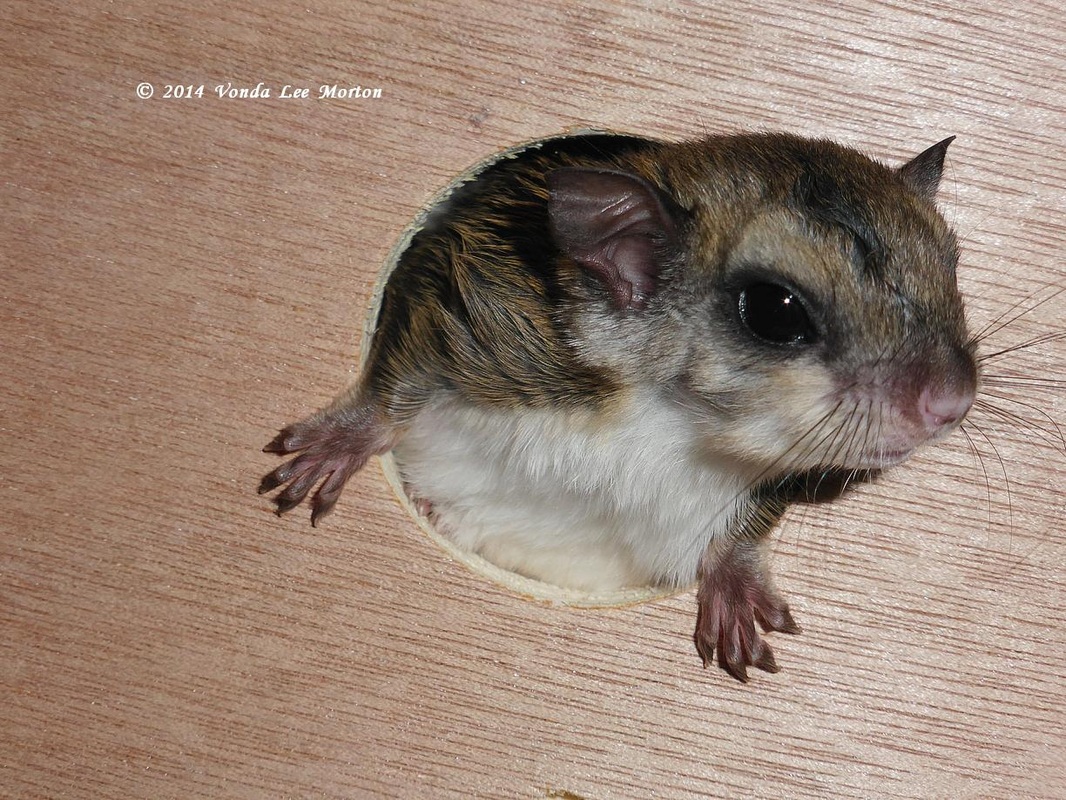
 RSS Feed
RSS Feed
